|
By Kirk Hallowell and Mary Meier Nachusa Grasslands Volunteers Each year, volunteers commit over 8,000 hours of service to the restoration efforts of Nachusa Grasslands. Volunteers harvest seeds, keep invasive species at bay, assist in scientific research, tend prescribed fires, and perform a myriad of other tasks essential to the restoration process. Volunteer projects must be supported by equipment, herbicide, contract services, and other resources needed for success. Fortunately, the Illinois Clean Energy Community Foundation empowers volunteers by providing grant funds as a match to local dollars raised and labor donated. Community Stewardship Challenge Grant Program awards are used to purchase equipment, herbicide, and services necessary to make these volunteer activities possible. According to its website, “ The Illinois Clean Energy Community Foundation (ICECF) was established in December 1999 as an independent foundation with a $225 million endowment provided by Commonwealth Edison. Our mission is to improve energy efficiency, advance the development and use of renewable energy resources, and protect natural areas and wildlife habitat in communities all across Illinois.” (@illnoiscleanenergycommunityfoundation) The Illinois Community Foundation will award Friends of Nachusa Grasslands a grant of up to $30,000 if we fulfill requirements under several categories between May 1, 2023, and April 30, 2024:
Under the leadership of project coordinator, Kirk Hallowell, Friends has chosen two sites at which to focus volunteer hours and grant resources for their current stewardship project: Nachusa’s Big Jump Unit and the Holland Savanna Unit. Both areas are infested with invasive shrubs, including autumn olive (Elaeagnus umbellata) and amur honeysuckle (Lonicera maackii), two of the most tenacious foes that Nachusa’s volunteers battle. On its "Where We Work" web page, The Nature Conservancy explains, “Autumn olive is a problem because it outcompetes and displaces native plants. It does this by shading them out and by changing the chemistry of the soil around it, a process called allelopathy. Loss of native vegetation can have cascading effects throughout an ecosystem, and invasive species are one of the major drivers for a loss of biodiversity.” According to a Friends of Nachusa Grasslands blog post by Scientific Research Grant recipient Kaleb Baker, “Amur honeysuckle is an invasive shrub that flourishes along forest edges and in open woodlands such as those at Nachusa Grasslands. Amur honeysuckle shades out native flora with its early leaf-out and prolonged leaf retention, and when left uncontrolled, it can produce a near monoculture, threatening biodiversity.” Some of the ICECF funds already awarded have been invested in herbicide effective in eradicating autumn olive and amur honeysuckle. Volunteers treat the plants using backpacks and handheld sprayers. The next facet of the Big Jump project is to cut down and stack hundreds of non-native trees to make room for prairie restoration. This task that requires heavy equipment owned and operated by an external tree service contractor. ICECF grant funds will also be used to pay for the machinery and professional tree fellers. Kirk, who also serves as steward of the Holland Unit, offered, “It is exciting to know that the efforts of our volunteers empowered by the ICECF grant resources will make a lasting impact on our efforts to control amur honeysuckle in the Holland Savanna.” An additional challenge for the Holland Unit is that the parcel is dominated by cool weather grasses, including rye and fescue, which are typically resistant to overseeding efforts to establish native prairie plantings. In the second half of the ICECF grant period, we will experiment with preparation methods using herbicide to loosen the grip of the dominant grasses and allow overseeding of native plants to take hold. During the fall months, volunteers also helped collect seeds from the preserve for enhancing our prairie plantings. Our long-term goal is to establish a diverse prairie planting on both the Big Jump and Holland Savanna sites providing for long-term weed management and suppression of non-native shrubs and trees. Ongoing stewardship efforts, including volunteer labor, herbicide application, and controlled burns, will gradually help integrate the target areas into the surrounding habitat. The Friends Social Media Team uses Facebook, Twitter/X, Instagram, and our website to promote volunteer opportunities. You can also follow Illinois Clean Energy Community Foundation’s Community Stewardship Challenge Grant Program on Facebook and Twitter/X to learn more about the Foundation. #CSgrantsIL #NAicecfdn How Can You Help Friends Earn the ICECF Stewardship Grant?
Volunteer for a Thursday or Saturday brush clearing workday — check SignUpGenius for the schedule. Meet at Nachusa’s Headquarters Barn before 10 am and be ready to restore habitat. If you have any questions about the workdays, check the Friends of Nachusa Grasslands website.
0 Comments
By Becky Jane Davis Nachusa Grasslands Butterfly Monitor For several years, I’ve been trying to start butterfly monitoring with the Illinois Butterfly Monitoring Network (IBMN). Everything finally came together this year. Recently I did my first butterfly monitoring at Nachusa Grasslands. Butterfly monitoring consists of counting butterflies by species, in a specific route, throughout the season. This first year, I need to identify only 25 species of butterflies. Forty years ago, I could identify more than that, but I'm a bit rusty. So, I walk at a regular pace, scanning the area, left and right on the trail, spotting butterflies. As I see one, I identify it and mark it on my field report. When I’m finished, I enter my findings in the database. It sounds easy and straightforward but my first time out, I identified about half. The rest were noted as “unknown butterflies,” so I have some learning and growing ahead of me. Things they don’t teach you in butterfly monitoring training: 1. How do you count each Monarch only once? They go here, over there, cross over the trail, and then you wonder, did I already count you? 2. Prairie plants are dense and tall. Those little butterflies can dart across the trail and into the plants and disappear before I can even see the markings or colors. 3. You need to protect yourself from ticks. That means bundling up head to toe in insect repellent-treated clothing, wearing hiking boots. Take a walking stick for uneven ground, don’t forget binoculars (if you can get them out and focused fast enough). There must be a simpler way! 4. It is good to know what a species looks like both flying and resting, but what about moving so fast, never resting, and not at an angle to fully see all four wings at once, as in the photos? 5. Back when I knew all the different species, it was because I caught them, put them in a kill jar, mounted them, and used a detailed key to identify them. No guessing! When my route is done, I have a short 10-15 minute walk back to the parking lot that allows me time to linger, get out my iPhone for a few photos, or get my good camera out to capture prairie life. I hope to get back to butterfly monitoring at least five more times this summer, hopefully more. Weather is an issue, as is distance, because I chose a location an hour away from my home. I like going to Nachusa, but it is at least a 3 hour commitment to monitor and I need to leave room in my days and flexibility so I can make that trip. Weather has not been helpful this last month. Rain, wind, and cloudiness are not good for butterfly sightings. In fact, I have rules to follow: at least 70 degrees, partly cloudy to full sun, little wind to moderate wind, and no rain. The last two weeks didn’t give many days to choose from. But I will continue and try to get more of my own photography adventures in as well. The native grasslands and prairies offer so many opportunities for interesting captures. I’m looking forward to what I can share in future blogs! Butterfly monitoring data from 7/17/2021: The route was about 50 minutes. Temperature: 77 degrees Wind speed: 9 mph. The wind was stronger at the end of the route. Sky: partly cloudy
Who are the citizen scientists, and how can I become one? Nachusa’s citizen scientists are composed of community volunteers who are passionate about their subject and want to contribute to scientific research. Do citizen scientists need prior experience or a science degree? No previous experience or scientific background is needed to volunteer, although some monitoring programs require approved initial and/or refresher trainings. Some citizen scientists may desire to seek further training and acquire new skills, while others can assist trained citizen scientists to learn the monitoring process. What citizen scientist opportunities are available at Nachusa?
How can I become a citizen scientist at Nachusa? It’s simple, just sign up on the Friends of Nachusa Grasslands website. To get involved with the critical on-the-ground work at Nachusa, consider joining our Thursday or Saturday workdays or giving a donation to the Friends of Nachusa Grasslands. Donations to Friends of Nachusa Grasslands can also be designated to Scientific Research Grants.
By Dave Brewer and Dee Hudson Nachusa Stewards Nourished by the fresh air and the beautiful and ever–changing scenery, Nachusa’s stewards tend and restore the land. They work within a vibrant volunteer community, forging lasting and strong relationships as advocates for land conservation. Nachusa’s stewards are physically active individuals who love working outdoors year-round. These volunteers are passionate about conservation and are committed to creating and restoring habitats for native species. WHO CAN BE A LAND STEWARD AT NACHUSA? Any dedicated and interested Nachusa volunteer or group of volunteers can steward a unit in the preserve. A steward is responsible for all the management in their land unit: weed removal, seed collection, planting or over seeding, and brush removal. They also lead volunteer workdays throughout the year. No prior accreditation or related degrees are required, just a willingness to learn from others (staff and mentors) and share experiences and insights with fellow enthusiasts. Meet Dave Brewer, a frequent Nachusa volunteer who has recently decided to steward two units at the preserve. What first brought you to volunteer at Nachusa Grasslands? I began volunteering in the late 1980s when my wife and I brought our student groups here for Saturday workdays. I had a very long hiatus from volunteering until I retired last year. After retirement, I took the University of Illinois extension course to be an Illinois Master Naturalist and one of our field trips brought us here. It rekindled my love for the place, and I became a regular volunteer and completed the fire training to assist with the controlled prairie burns. I’ve been a regular volunteer for almost a year. The people here are very welcoming to newcomers and are willing to share their time and knowledge to help me as a new steward. They are also tolerant of my beginner mistakes and lack of knowledge. It makes it that much more of a pleasure to come and work here. Tell us your background and what inspires your interest in restoration. I was a science teacher for over thirty years, and I’ve always hiked and camped and enjoyed being outdoors. I feel a strong sense of place here and a feeling of connection to the prairies, marshes, and groves of northern Illinois. With this, for me, comes a need to learn more about them and be more involved in their conservation. We need wild places, and these wild places need our help. How did you decide to become a steward? I could have continued helping maintain other stewards’ units forever. Those days were always fun and interesting and gave me a sense of accomplishment and of helping with something important and crucial: prairie restoration. Dee Hudson, the steward of the Thelma Carpenter Prairie, where I spent much of my time last fall, put the idea of stewarding my own unit into my head and gave me a tour of available units. It was a way to be even more connected to the landscape, a chance to learn about and be involved in the cycles and seasons of nature. Above all, it was a chance to be involved in the great science experiment, restoration at Nachusa Grasslands. What are some of the exciting features of Les Lep and Kittentail Units? I’m drawn to the small sandstone outcrops and gravelly prairie knobs. I have a degree in geology, so maybe it relates to that, but I love those areas of the preserve. The remnant prairie knobs are sacred ground: you are standing amidst historical plant communities which are hundreds of years old. It is a glimpse into what northern Illinois was like prior to European settlement and the vast agricultural plantings. What are the restoration challenges in the Les Lep and Kittentail Units? My first unit is the Les Lep Unit, which I chose because it’s in the middle of it all, and you really feel a part of something much larger. It has a two populations of the rare bush clover, Lespedeza leptostachya and is a popular area for the uncommon ornate box turtle. These are always on my mind when planning what work to do in the area. There is also a healthy population of tenacious birdsfoot trefoil, which is a very invasive weed which needs to be removed. My second unit is the Kittentail Unit, which is on the perimeter of the preserve and very much hidden from view. I chose this area to steward because I soon learned that being in the “middle of it all” also means that the bison are often hanging out in the place you wanted to work. Kittentail Unit gives me another place to go when the bison are using Les Lep. The big problem there is dealing with the woody invasives that want to creep in from the adjacent lands. This will keep me busy in the winter months, I suspect. What are some new techniques or concepts you've learned while becoming a steward? A steward, Jay, who has been here as long as I remember said to me, “Prairie restoration is not just science; it’s also an art.” You can sense if a steward understands this by looking at their plantings. One doesn’t simply collect seeds on a given list and plant them where you think they need to go. You do need to get a feel for the different microenvironments each prairie knob and grassland represent. Pay attention to the soil. Pay attention to the surrounding areas. Pay attention to where the plants are found on the slopes. Jay also said to let Swink and Wilhelm’s Plants of the Chicago Region be your bible for prairie plantings, so I’ve been slowly working my way through this giant book. 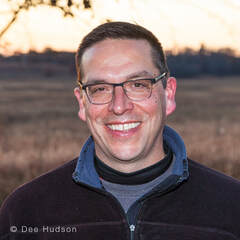 Dave Dave What do you enjoy most about being a steward? I just love walking around exploring, observing, and bird watching. I enjoy trying to learn all the new plants I’m noticing and learning their histories and Latin names. It’s a challenge and an honor to play a part in trying to expand the populations of the rare plants here and to help the prairie grow. It’s also a chance to build habitat for the turtles, butterflies, birds, and other prairie-dependent animals. There is the sense of being part of something much bigger than myself, of being involved in a project which will be going on long after I’ve passed, a project benefitting future generations. HOW CAN I BECOME A VOLUNTEER LAND STEWARD?
It’s easy! Begin by volunteering frequently to learn Nachusa’s restoration process. Regularly attending Thursday and/or Saturday volunteer workdays is the best way to familiarize yourself with our management practices. Then notify a staff member or workday leader that you want to become more involved by working alongside more experienced stewards. When you are ready, our project director will show you various land units that need special attention, and you can choose one area to exclusively tend or restore. Staff and stewards will continue to support your efforts and guide you until you are confident on your own. After sufficient mentoring, stewards set their own objectives (consistent with science and Nachusa objectives) and their own schedules. If you would like to begin the road to stewardship at Nachusa Grasslands, consider joining our Thursday or Saturday Workdays. Learn more about:
By Dee Hudson What does a degraded landscape look like? Take a good look at the image below. The two volunteer stewards can barely walk through this dense thicket of invasive bushes. The sheer number of invasives that reside here have crowded out most other species, and as a result, have limited the possible diversity. In addition, when leafed out during the summer time, the bushes block the sunlight from reaching the ground and therefore discourage native species from growth. As Orland Prairie’s land steward, Mike Carr led the December 8 Saturday workday into this gnarly section in the attempt to eradicate the invasive brush. At the end of the day, each volunteer stewardship hour was carefully logged, because Illinois Clean Energy Community Foundation has approved this particular habitat as a grant project. When 400 volunteer hours of habitat care have been recorded, Illinois Clean Energy will present $4,000 to Friends of Nachusa Grasslands. What species are targeted for removal?
How is the brush eradicated? On this workday the volunteers treated the brush with basal bark applications. The treatment was applied to the base of the bush with either a backpack sprayer or a hand sprayer. What does a restored landscape look like? This landscape is also a part of the 23-acre grant project. The area once looked very degraded, but with basal bark treatments and prescribed fire, the brush understory was removed. Then prairie seeds were planted and the photo above shows the successful restored results. This area has been given new life and is on its way to recovery. Who restores these habitats? Anyone who wants to make a difference can help with restoration!
Next ICE Grant Workday Join fellow volunteers on December 22, 2018 for the next ICE Grant Saturday workday. Meet at Nachusa’s Headquarters Barn before 9 am and be ready to restore habitat. If you have any questions about the workdays, check the Friends of Nachusa Grasslands website. Let’s make a difference together! Connect with Illinois Clean Energy Community Foundation: @illnoiscleanenergycommunityfoundation
#CSgrantsIL #NAicecfdn Nachusa’s small creatures help citizen scientists monitor stream quality. Collection, identification, and a tally of macro-invertebrates from the local streams are used as an indicator of stream health. The monitoring is done through a statewide program called Illinois RiverWatch, established to help determine stream water quality throughout the state and provide a warning of potential problems. At Nachusa, the program was started in the spring of 2014 before the bison arrived, so RiverWatch is not only used to monitor stream health, but also to help identify changes due to their introduction. This is the fourth year collecting RiverWatch data in three Nachusa streams: Wade Creek, Clear Creek, and Johnny’s Creek. Illinois RiverWatch trains citizen scientist volunteers to collect, identify, and preserve important indicator species of macro-invertebrates found in streams throughout Illinois. Macro-invertebrates are invertebrates large enough to see with the naked eye. Examples include insect larva, snails, and aquatic worms. One person in the stream monitoring group is required to have the eight-hour RiverWatch training class; four hours in the classroom and four hours hands on in a stream. At Nachusa, we are fortunate to have several trained monitors and interested volunteers lead by Mary Vieregg. Others that often join in the fun are Cindy Buchholz, Mary Meier, Jan Grainger, Matt Friberg, Tim Ngo and myself. Interested people who have not been trained by RiverWatch can participate in the stream monitor with a trained lead. A site is selected and the locations are documented and approved by RiverWatch. The same site and locations are used each year, so changes from year to year and over time can be observed. At the site, the first step is to mark off the sampling area with flags 50 feet and 100 feet upstream and downstream from the selected site. Then, a map is sketched marking stream contours, significant features, and the day's sample locations. In addition, water depths, stream velocity, stream color, and temperature are recorded. Lastly, the vegetation around the stream is noted, along with the amount of shade cover; the stream bottom substrate is observed and recorded. Pictures can be taken and included with the sample data. Much of this data is recorded after the dip net hits the water in order to minimize any disturbances to the stream and the macros living in it before the collection. The preferred collecting tool is the dip net. Designed with a sturdy cloth sleeve and mesh bottom, water can easily pass through and allow macros to collect in the bottom. There are five stream habitat types that RiverWatch samples, using the dip net collecting techniques. In order of preferred use:
Once the samples are collected and placed in buckets, the challenge is to pull the fast-moving macros from their watery homes. This is done using a shallow white pan, forceps, eye droppers, and carbonated water to help slow the critters down. Once captured, the macro makes the ultimate sacrifice, as it is deposited in a vial of pure alcohol for later identification and recording. All the macros taken can be combined into one sample. Once all the macros are pulled from the shallow white pan and put in vials, the gear is packed up and the crew returns to the barn for lunch. After lunch the work of sorting, identifying and counting begins. Macro invertebrates can be seen with the naked eye, but for identification some of the key differences only become clear under a microscope. For example, mayflies fall into seven categories and key features on the gills, legs, and antennae are more easily seen through a microscope. Damsel fly larva, whether broad-winged or narrow-winged will determine their indicator number. Dragonfly larva are large and don’t need to be identified down to species, only that they are present and the number found. The process of identifying, sorting, counting is continued until the specimens are determined and recorded. The vial containing all the day's collection is labeled and sent to the RiverWatch administrator, who then forwards it on to professionals who double-check identification and the count. Feedback is then provided to the citizen scientist to help improve identification in the future. Each macro used as an indicator species is assigned a number. The lower the number, the more conservative the species and the less tolerant of pollution and other disturbances. A formula, based on the assigned number of each species, the total count of each species, and the number of organisms found, is used to determine the Macro-Invertebrate Biotic Index (MBI). The lower the MBI number, the higher the stream quality. Nachusa stream quality is good in Clear Creek and fair in Wade and Johnny’s Creek. It is too early to see a trend in improvement or degradation of water quality. An effort is made to sample the streams close to the same date each year, but an annual variance in weather conditions can account for some difference in the MBI. Only after many years of monitoring are trends likely to be seen. Following the introduction of bison, changes to the stream banks have been observed. In the sample area around Johnny's Creek, the vegetation has been eaten or trampled. Stream banks that were heavily vegetated are now bare. Near Wade Creek bison hair was found on the plants, but no disturbance was noted in the Wade Creek sample area. The changes in streams being made as a result of restoration efforts and the introduction of bison won't be measured in months or even years, but in decades and centuries. Careful observation, good science, sometimes unnerving patience, and prudent management will help restore the portions of these streams that run through Nachusa back to a functioning and evolving ecosystem.
Note: Clear Creek is outside of the bison enclosure. To volunteer for the RiverWatch program at Nachusa, contact Mary Vieregg. For more information about citizen scientist training, visit the website for Illinois RiverWatch . The blog today was written by Paul Swanson, a volunteer citizen scientist for Nachusa. In the summer of 2008, my oldest son Mark asked if we could become members of the Field Museum in Chicago. He wanted to attend member’s night. This is a special event where the mysteries of the third floor of the museum are open to the public. Those readers, who have been to the Field Museum, are already familiar with the wonderful natural history displays on the first and second floors. What are less familiar are the third and fourth floors. The third floor is devoted to scientific research and investigation related to the natural world around us. On the fourth floor the ideas for presentation and display are created and brought to life. It’s on the third floor that this story begins. My family had been investigating the different rooms where the museum scientists had set up displays, highlighting details of their research. We walked into a room where a crowd had formed around a scientist busily dissecting a tiger that had recently died at a local zoo. He removed parts and explained what each one was and what he was looking for as a scientist. Each part was measured and compared to other specimens, to better understand changes taking place in tigers over time. A nametag read Dr. Bill Stanley, and Bill was answering questions as he worked. Mark asked, “How does one become a scientist?” Bill answered, “I started as a volunteer, as did many of the people working here.” He gestured to his assistant and explained that the assistant was currently a volunteer. Bill went on to explain the many benefits of volunteering. For him, and many people, it is their first introduction to their life’s work. He said, “Find something you might like, and find a way to volunteer. It doesn’t matter what it is, if it interests you, try it. Maybe it turns out it’s not your thing, move on, try something else. It’s a great way to learn something new, learn about yourself, and spend time with people that share similar interests.” He went on to explain that one must be 16 years old, or accompanied by a parent, to volunteer at the Field Museum. On the morning of Mark’s sixteenth birthday, Mark took a train downtown and began volunteering in the bird lab on the third floor of the Field Museum. Dr. Bill Stanley and Mark became friends, and Mark is currently involved in a graduate degree related to things he learned at the Field Museum. My two younger children also took Bill’s advice, and also found their life’s work through their volunteer experiences. My wife finds satisfaction and friendship through an organization called “Arlington Cares” which provides assistance to families in need in our local community. Myself, I find volunteering and helping at Nachusa Grasslands to be richly rewarding! My journey to volunteering at Nachusa started long before TNC began land acquisitions in Lee and Ogle counties. As a boy, I lived in Glenview and right behind my house, after crossing railroad tracks, was a wooded area called “The Grove”. I would often walk through The Grove to find peace and solitude. It was dense with buckthorn and the ground was mostly bare, but some native plants would emerge. Plants like Mayapple, Jack–in–the–Pulpit, and wild onions. Oh, what a smell when walking through the wild onions during their peak, a delicate sweet smell of onion, not the overpowering kind that comes from slicing onions. Once in the fall, in a moment of mischief, I lit the dry grass along the railroad tracks on fire. The flames burned high, but it was a still day, and after the initial fuel burn, the flames subsided and I put it out. In the spring, much to my surprise, this area was lush with tender green grass. The difference from the nearby grass was dramatic and caused me to ponder on the possible reasons the fire brought this change. As an adult, I worked with a group of volunteers interested in native plants and birds. They had received permission to work in the Cook County Forest Preserves. The mission was to clear the invasive buckthorn to allow light through to the ground, where it was hoped original native plant communities could be revived. Originally called the “North Branch Prairie Project”, the focus was to open up portions of the forest floor, return native plants and fire, enhance native plant diversity and suppress invasive species. In spite of the name it was understood that we were working with different ecosystems. The name has now been changed to “North Branch Restoration Project” to reflect the varied ecosystems. Whether it was prairie, woodland, or the newly recognized but poorly understood Oak Savanna, the idea was to bring forest preserve conditions back to presettlement times. It was during my time working as a volunteer with the North Branch that I learned of “The Midwest Oak Savanna Conference”. It was at this conference that I first learned of Nachusa and signed up for their newsletter. The idea that The Nature Conservancy would buy up remnant prairie, return fire to them, and then buy adjoining land and restore it, captured my imagination. I would read every newsletter and ponder the work of clearing brush, breaking drain tile, and removing fence. I would look for articles that suggested some rare plant, bird, or animal now called Nachusa home, and that its populations at Nachusa were increasing. I picked up a flyer for Illinois RiverWatch training, a program that uses citizen scientist volunteers to monitor the health of Illinois rivers. It was at this training class that I met Mary Vieregg, a long–time steward and volunteer at Nachusa Grasslands. Mary was organizing a group of volunteers to sample the creeks at Nachusa and get data on stream health, pre-bison. I had never been to Nachusa and asked if she needed help. So my first trip to Nachusa was to help collect, identify, and count macroinvertebrates from Wade Creek in early spring. I was awestruck! Before I even made it to the barn I began to notice all the prairie plants. The diversity of plants growing alongside the driveway testified to how special this place is. It was a place I wanted to be, and when I began meeting and working with other volunteers and the staff at Nachusa, I felt welcome and appreciated. Project Director, Bill Kleiman, and Restoration Ecologist, Cody Considine, are knowledgeable, organized, and never waste a volunteer’s time. There are always projects for just about every interest. Wherever one’s talents lie there is a need waiting to be met. In addition to RiverWatch with Mary and friends, I help with brush cutting, weed sweeps, trail maintenance, fire equipment maintenance, frog monitoring, data recording, brush and prairie burns. The list goes on. 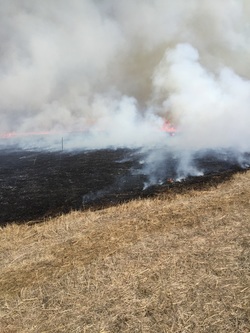 Fire returns to the Grassland. Photo by Paul Swanson. Fire returns to the Grassland. Photo by Paul Swanson. Volunteering at Nachusa is a wonderful way to connect with nature and other people. Work at your own pace and take time to appreciate the wonderful views. Admire the flowers, insects, and incredible birds. Explore your creative side and be inspired to write, photograph, or paint. If you like organizing, help with the annual “Autumn on the Prairie” celebration. If you’re mechanically inclined, maybe helping with vehicle maintenance is for you. Sometimes a scientist may need help with collecting data or other aspects of their research. I personally find the science of the prairie to be most fascinating. There are tasks for all ages and abilities. Come join the effort to restore Nachusa to a living example of the past. This living past will provide a home for species that need the very special habitat that is Nachusa!!! Today's blog was written by Paul Swanson, a volunteer at Nachusa Grasslands. Dedicated to the Memory of Dr. Bill Stanley. "What a package of potential a seed is! Most of the prairie seeds I harvested weigh almost nothing but contain the genetic plans for a future.” JAN GRAINGER Volunteer Steward Nachusa volunteers and stewards collect 125+ seed species for both new and field–overseed plantings. Seed collection begins at Nachusa around mid–May and continues through the first week of November. This year 100 new acres will be planted to prairie and about a dozen stewards will overseed 150 acres or more on various newer restorations. How much seed is needed to plant 100 acres to prairie this fall? About 5,000 pounds!!!! |
| Equipped with buckets, bags, scissors and clippers, stewards and volunteers walk through the fields searching for mature seed. Harvesting seed by hand is time–consuming and labor intensive, but there are advantages. Some seeds are on tiny plants close to the ground and located on rocky slopes. The only way to harvest these is for collectors to crawl on their hands and knees to pick each seed individually. |
Today’s author is Dee Hudson, a photographer and volunteer for Nachusa Grasslands. To see more prairie images, visit her website at www.deehudsonphotography.com.
| The Queen Anne's lace was first introduced to North America by early European settlers. Left unchecked, this non–native biennial species can aggressively spread, preventing the Illinois native plants from flourishing. So, to promote the health and diversity of the native species, Queen Anne's lace is one of the weeds Nachusa stewards and volunteers target for removal. For more about Nachusa's invasive plant management, read this PrairiE-Update that discusses clearing and weeding. I was one of fifteen volunteers who met at the Headquarters Barn for the Saturday morning workday crew. Led by volunteer steward, Ron Deters, one of our tasks was to remove Queen Anne's lace from the prairie in his unit. As we drove into the Harold Walkup unit (Ron's unit), we were met with a sea of Queen Anne's lace everywhere!!! Wow! With all the rain this summer, this non–native plant had definitely flourished. Ron certainly needed our help this day! I asked Ron where he wanted the crew to begin. He said he wanted to weed the remnant hill first. (A remnant is a piece of land that has never been plowed, so the original native plant communities have survived to present day.) I have always felt the remnants are the most important part of Nachusa. They hold the history, the magic, and the courage of the prairie. So, I have concentrated most of my efforts on restoring/maintaining the remnant knob and I am beginning to meet with some success. I have also over–seeded the restoration and now see more compass plant and gayfeather that were not there last year. Also, the bison seem to like the Walkup unit very much so it is fun to see what their activities produce and the changes that occur. (except when they wallow on the cream baptisia!) Ron Deters Volunteer steward | 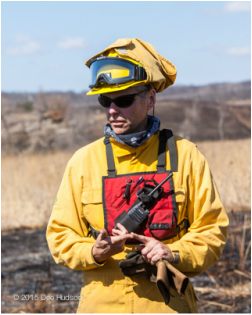 Ron Deters first began as a volunteer for Nachusa in 2013. He attended many Saturday workdays and was drawn to The Nature Conservancy's successful prairie restoration. Ron quickly earned his sawyer certificate, qualifying him to remove non–native trees and shrubs from the preserve. Three years later, Ron is now a mentor to new want–to–be sawyers at Nachusa. Ron participates in prescribed fire as much as possible and is the volunteer steward for the Harold Walkup unit. |
Come join us! I promise you a rewarding experience!
The blog this week was written by Dee Hudson, a volunteer and photographer for Nachusa. To see more prairie images, visit her website at www.deehudsonphotography.com.
Blog Coordinator
I am a nature photographer, a freelance graphic designer, and steward at Nachusa's Thelma Carpenter Prairie. I have taken photos for Nachusa since 2012.
Editor
I have been a high school French teacher, registered piano technician, and librarian. In retirement I am a volunteer historian at Lee County Historical and Genealogical Society.
Categories
All
Autumn
Bison
Citizen Science
Controlled Burns
Exotic And Invasive Plants
Grants
Grassland Birds
Harvest
Illinois Prairies
Insects
Land Restoration
Land Stewards
Native Bees
Native Grasses
Native Wildflowers
Oaks
Photography
Planting
Plants
Preservation
Sandstone
Science
Shrubs
Soil
Turtles
Volunteer
Water Quality
Wetland
Wildlife
Winter
Woodland Restoration
Archives
January 2024
December 2023
February 2023
January 2023
October 2022
May 2022
January 2022
December 2021
August 2021
May 2021
April 2021
February 2021
December 2020
October 2020
September 2020
August 2020
July 2020
June 2020
May 2020
April 2020
March 2020
February 2020
December 2019
October 2019
September 2019
August 2019
July 2019
June 2019
May 2019
February 2019
December 2018
June 2018
May 2018
April 2018
March 2018
December 2017
November 2017
October 2017
September 2017
August 2017
July 2017
June 2017
May 2017
April 2017
March 2017
February 2017
January 2017
December 2016
November 2016
October 2016
September 2016
August 2016
July 2016
June 2016
May 2016
April 2016
CONNECT WITH US |
|
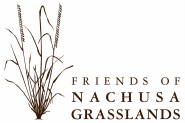
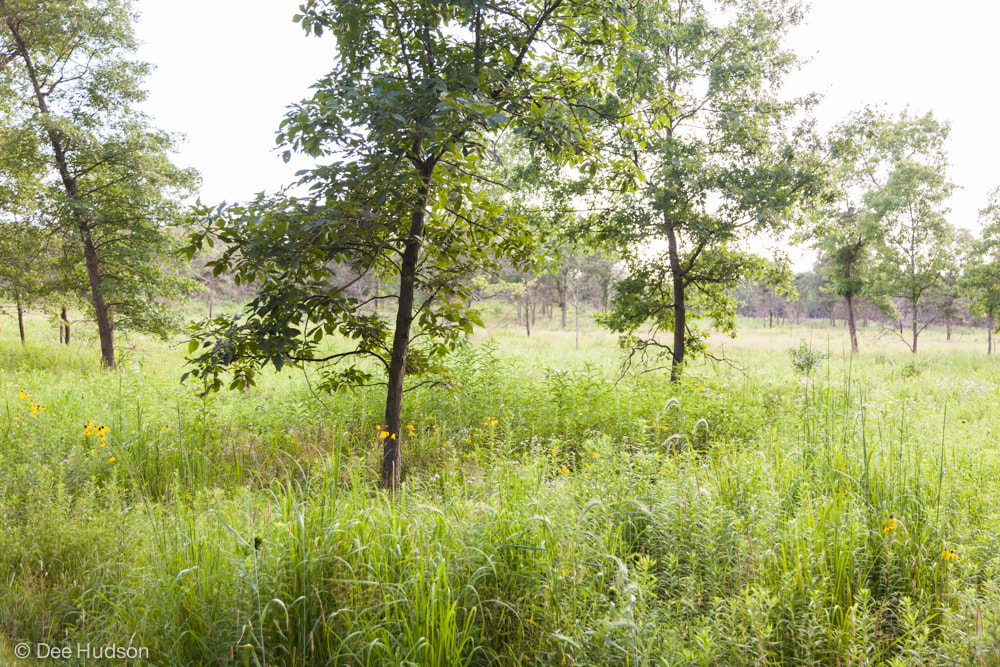


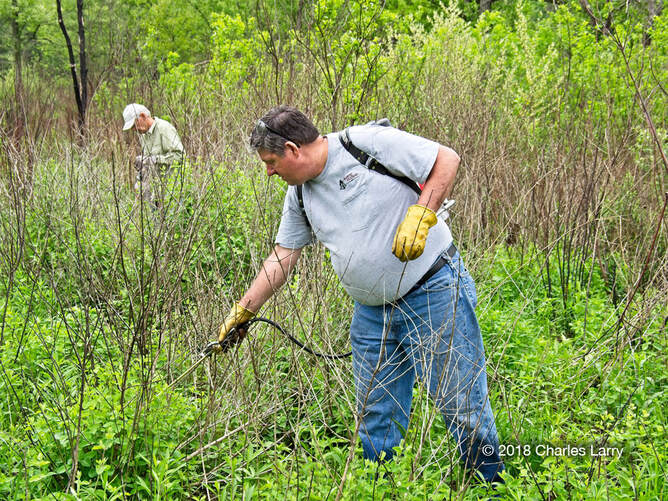

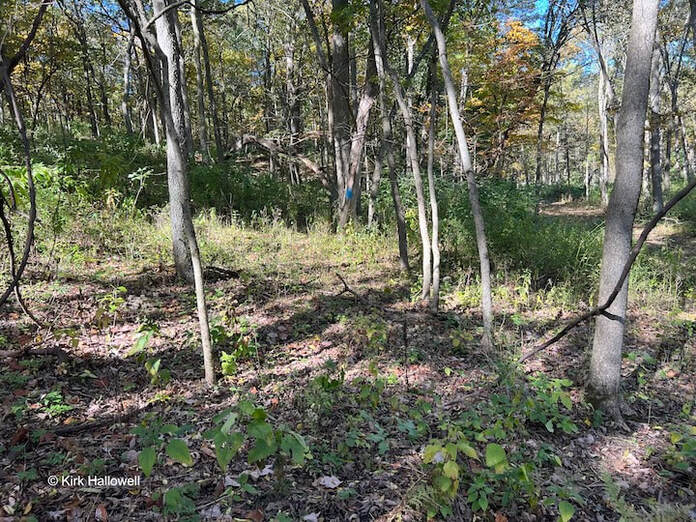
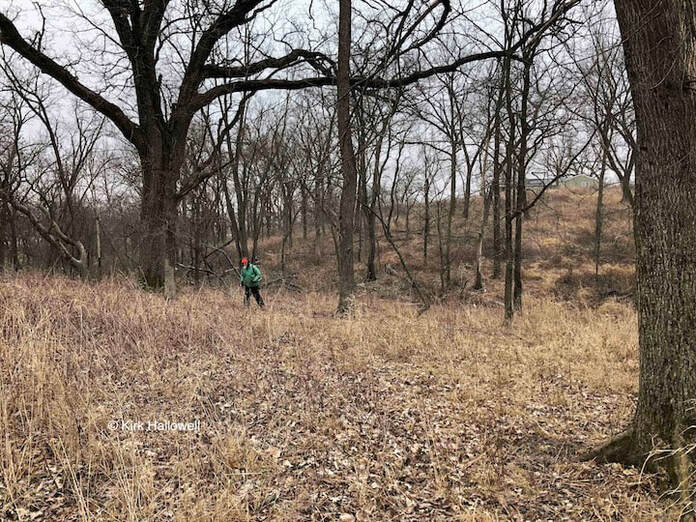
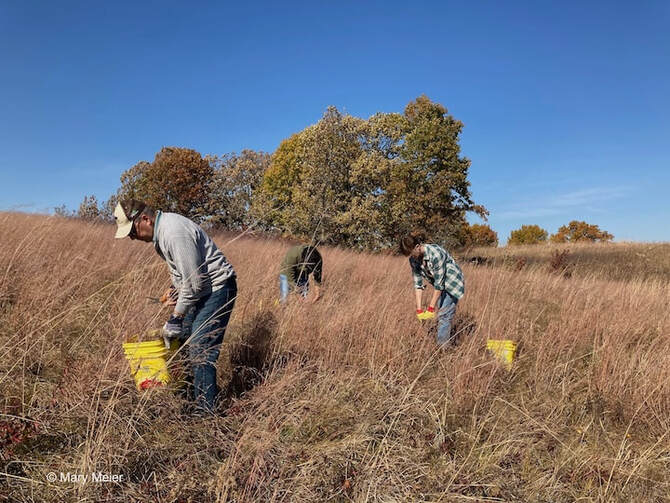
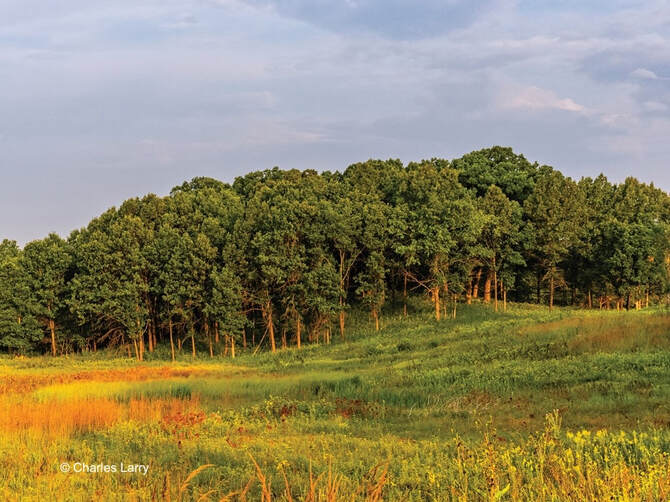
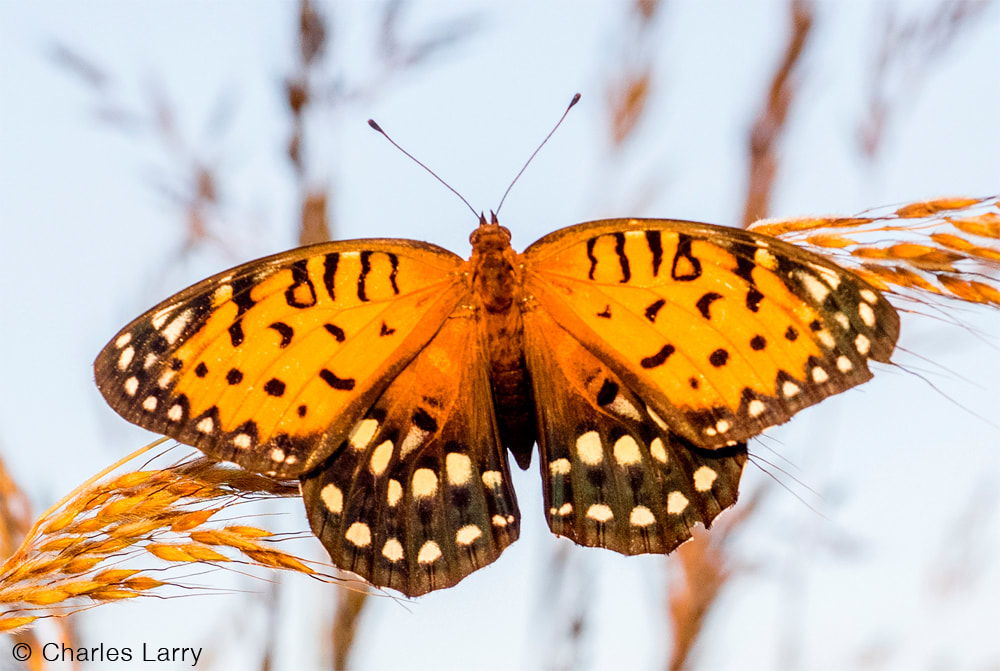
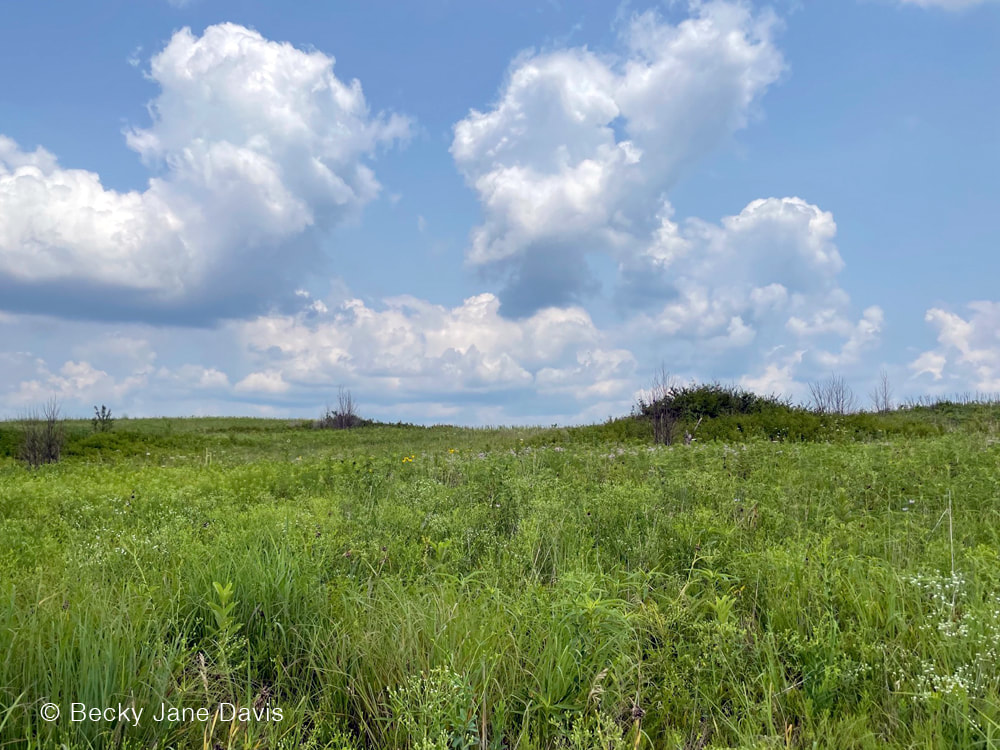

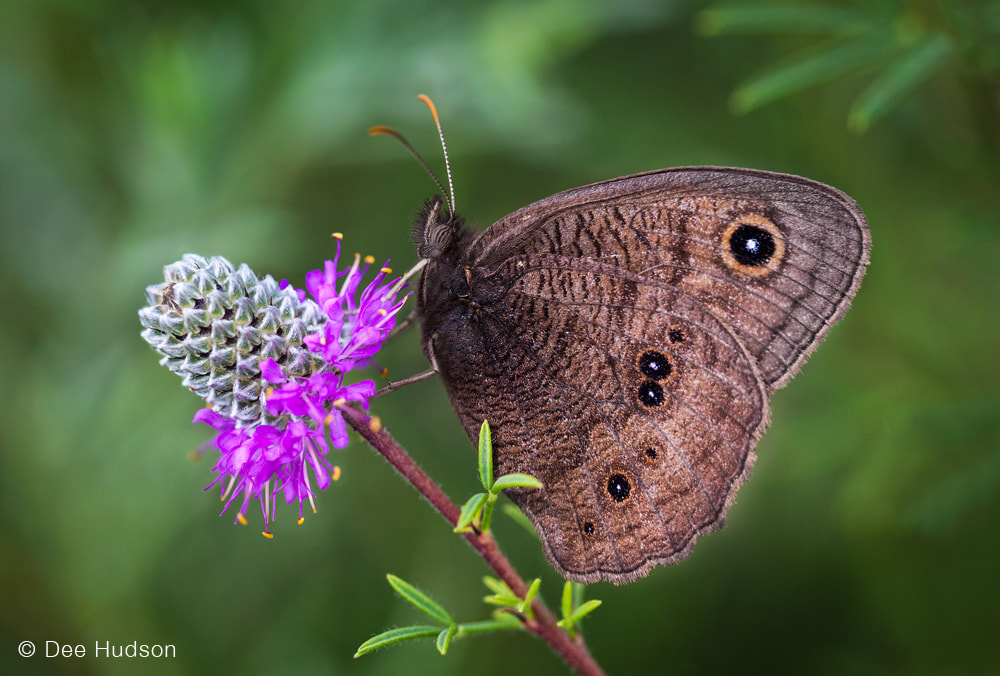
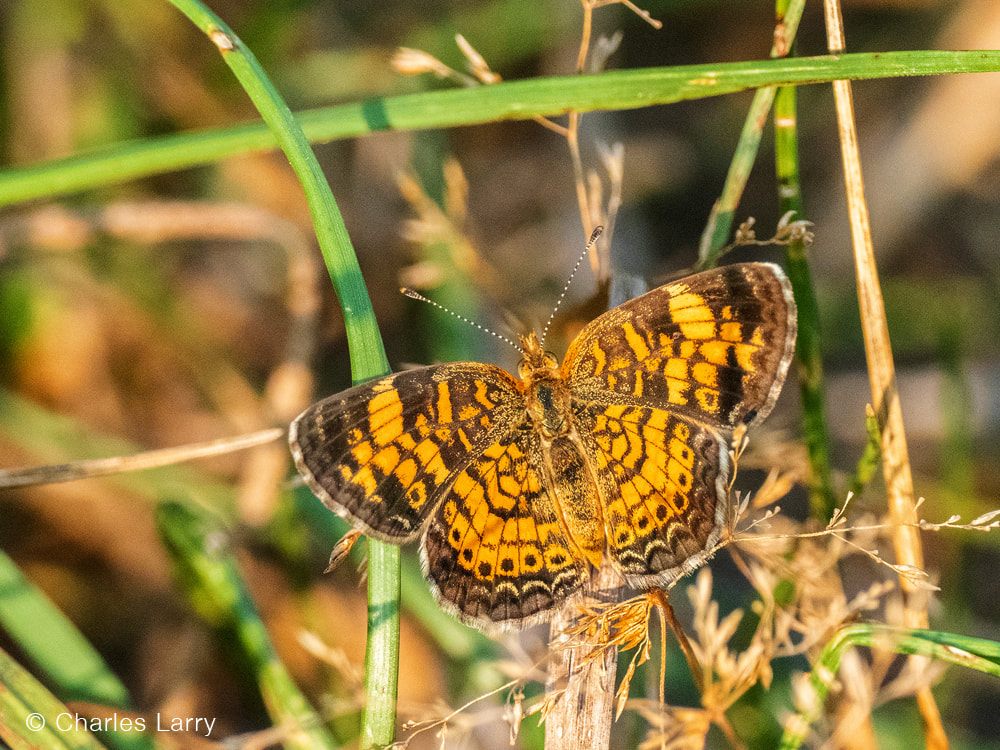
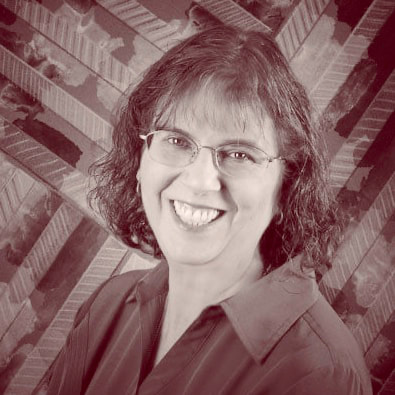
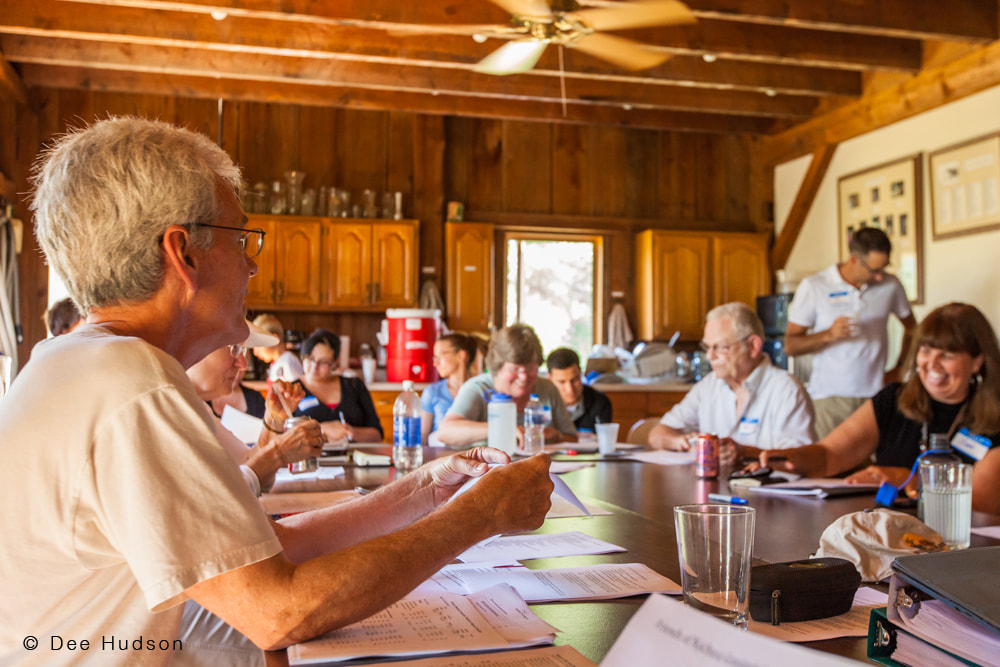

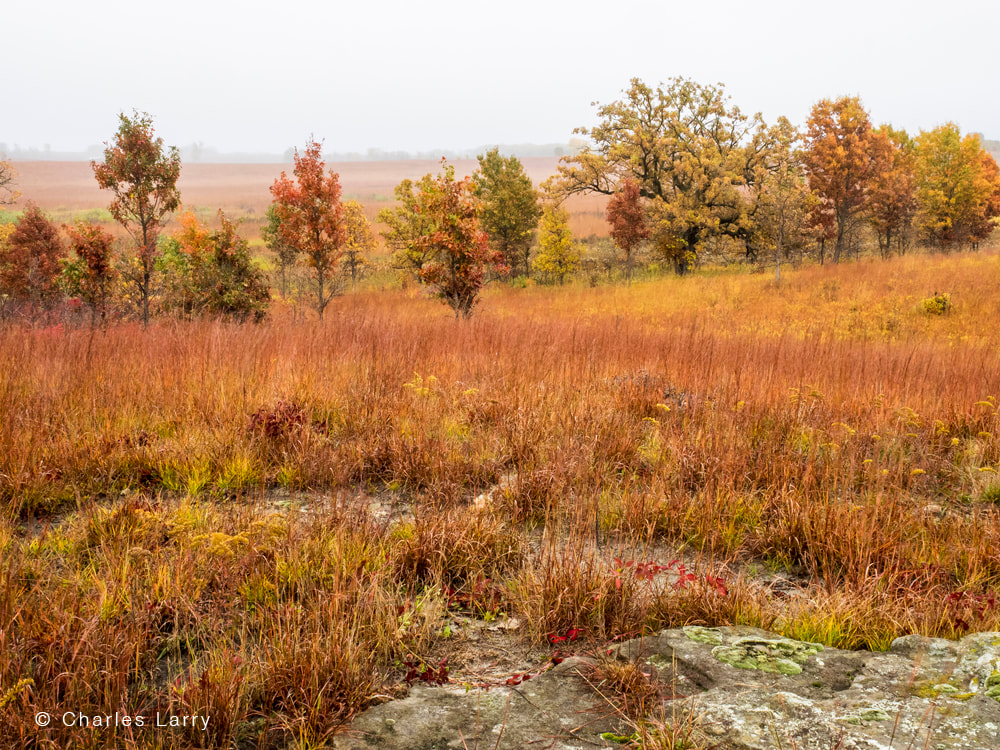
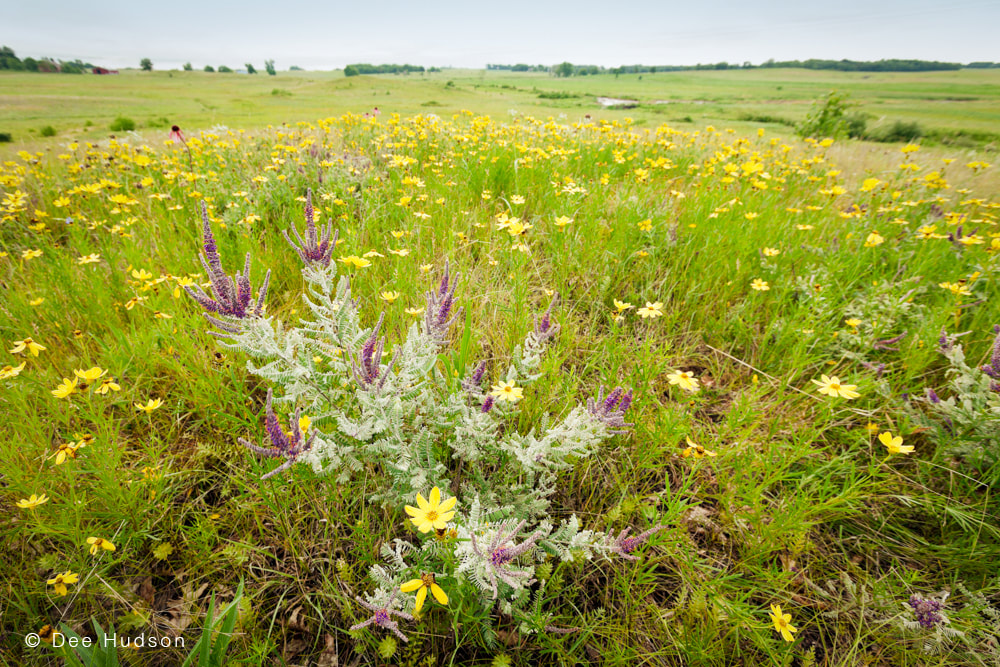
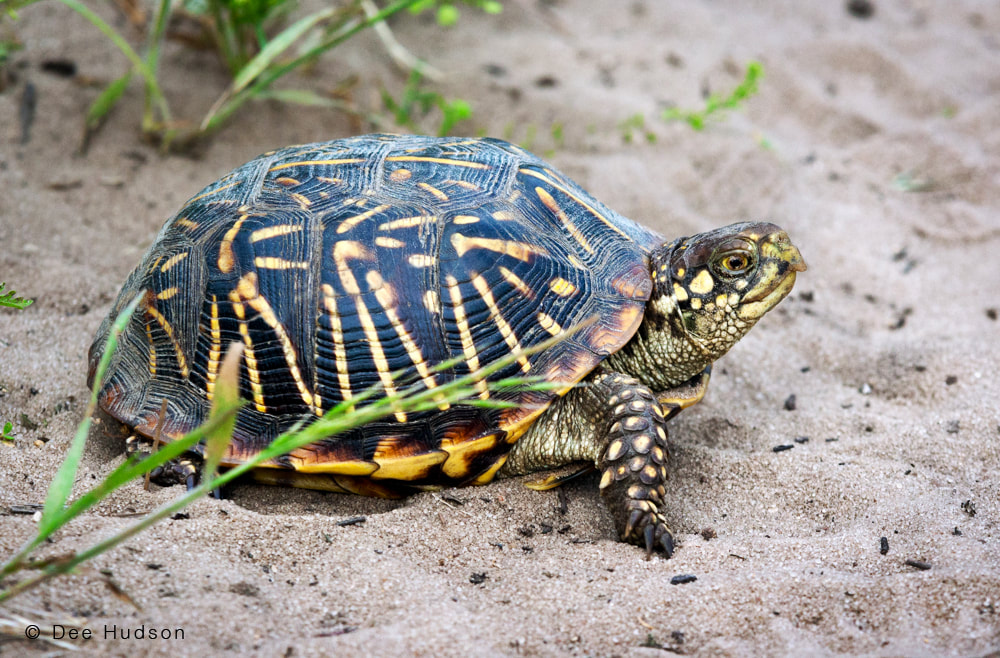
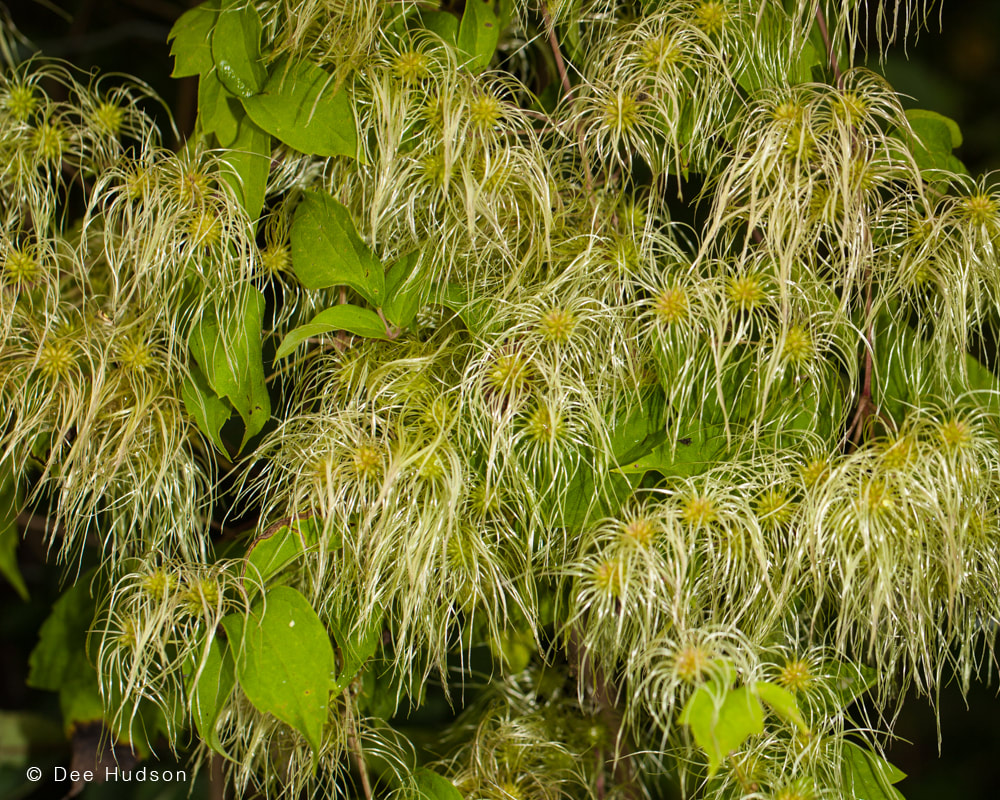
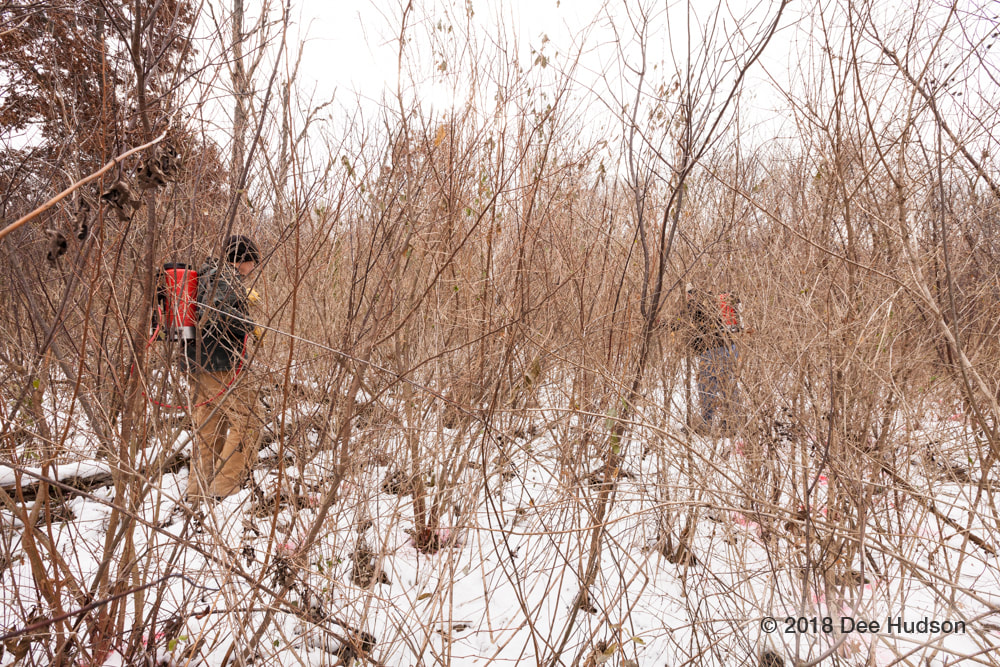
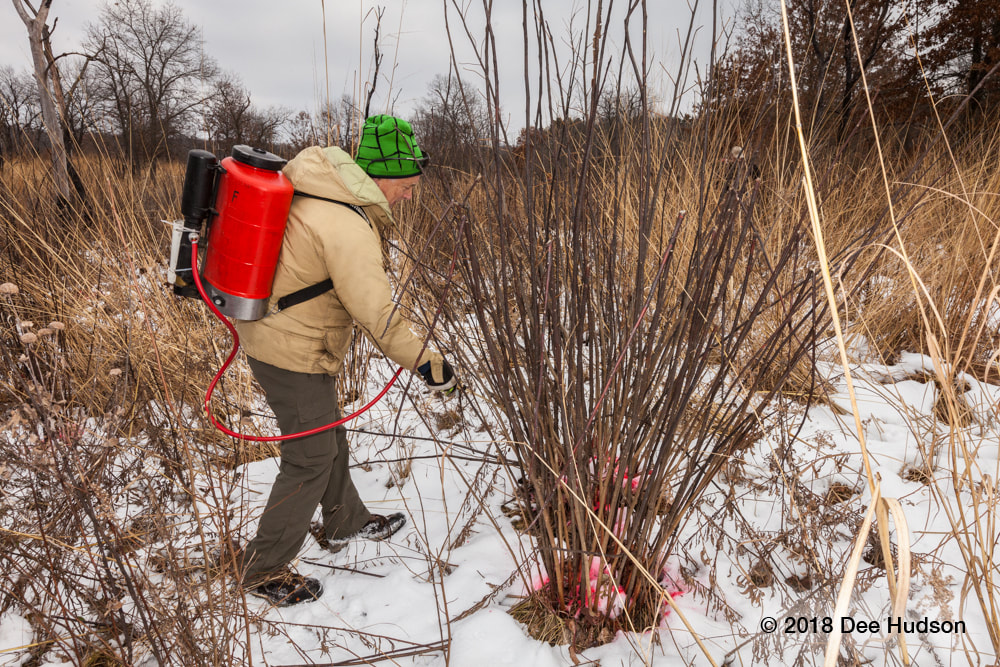
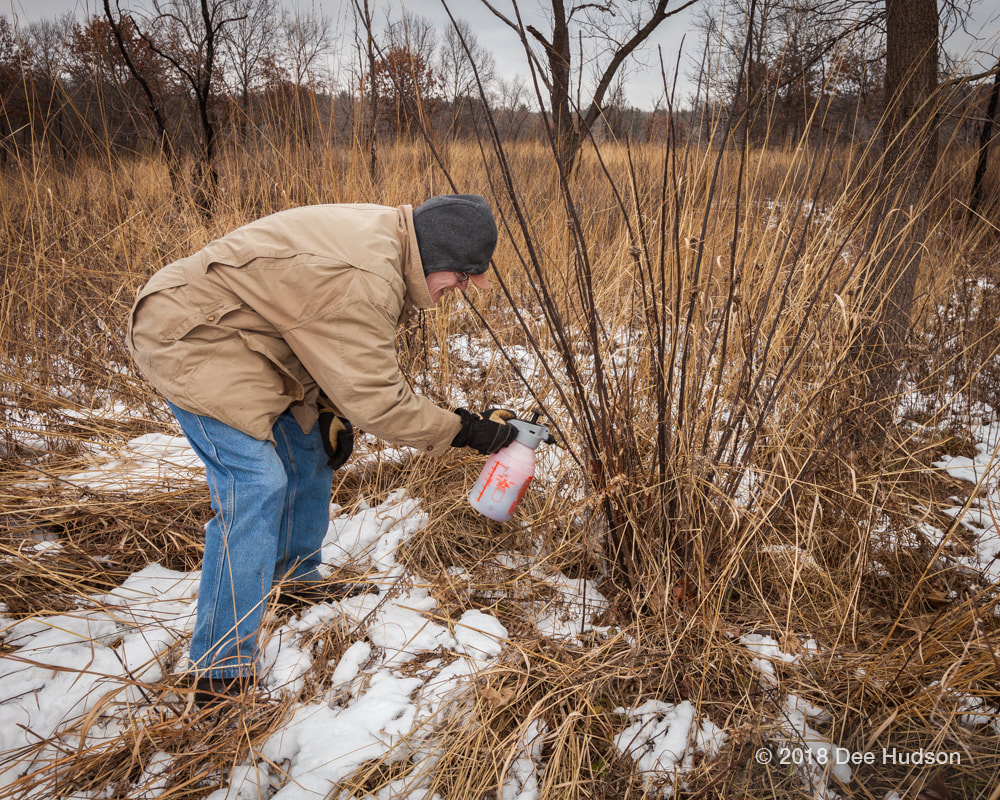
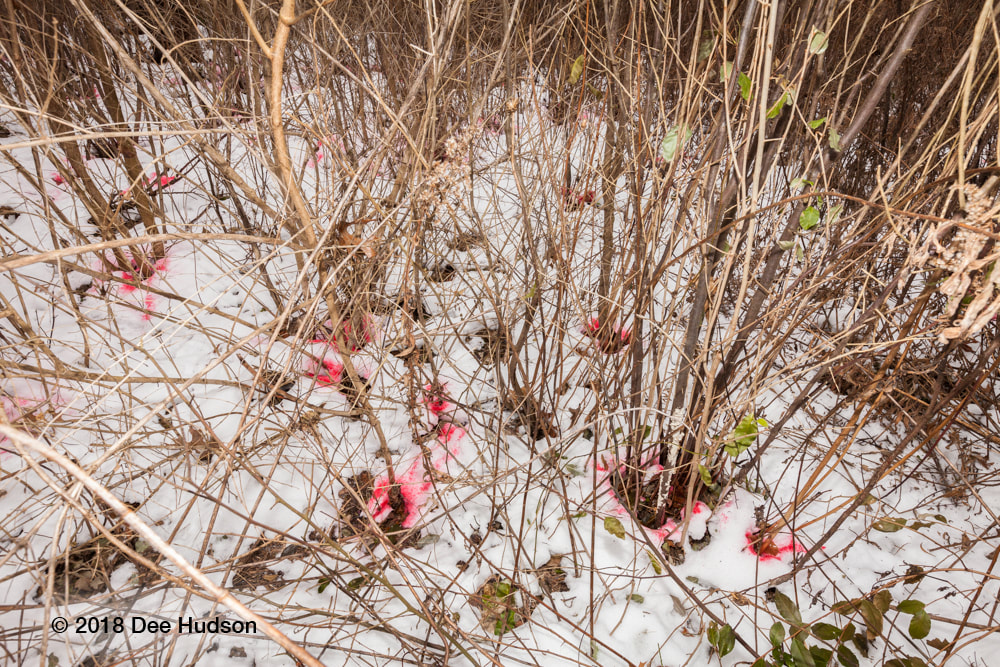
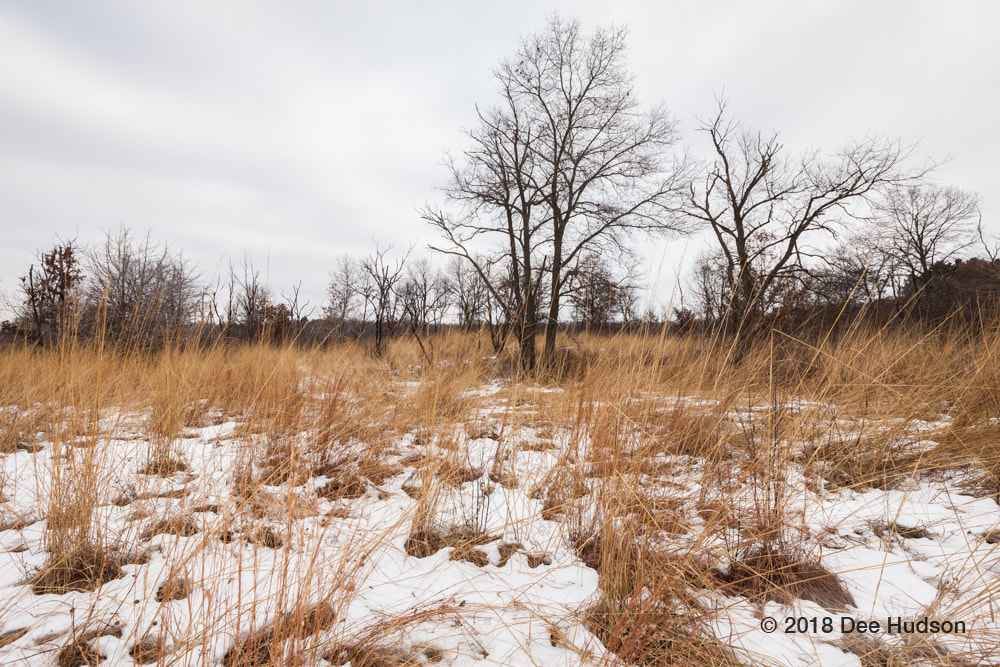
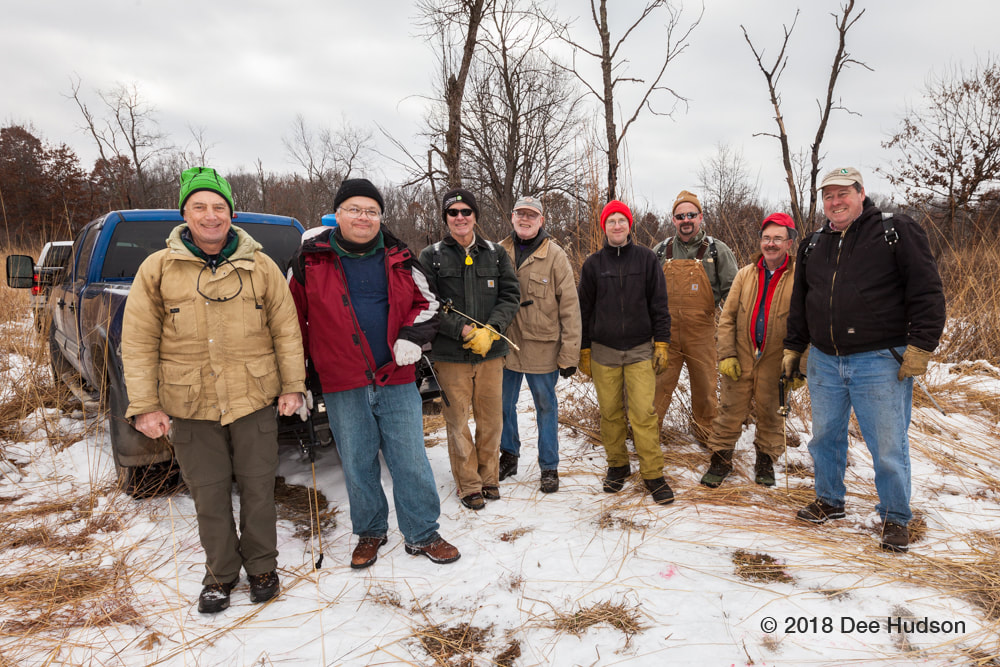
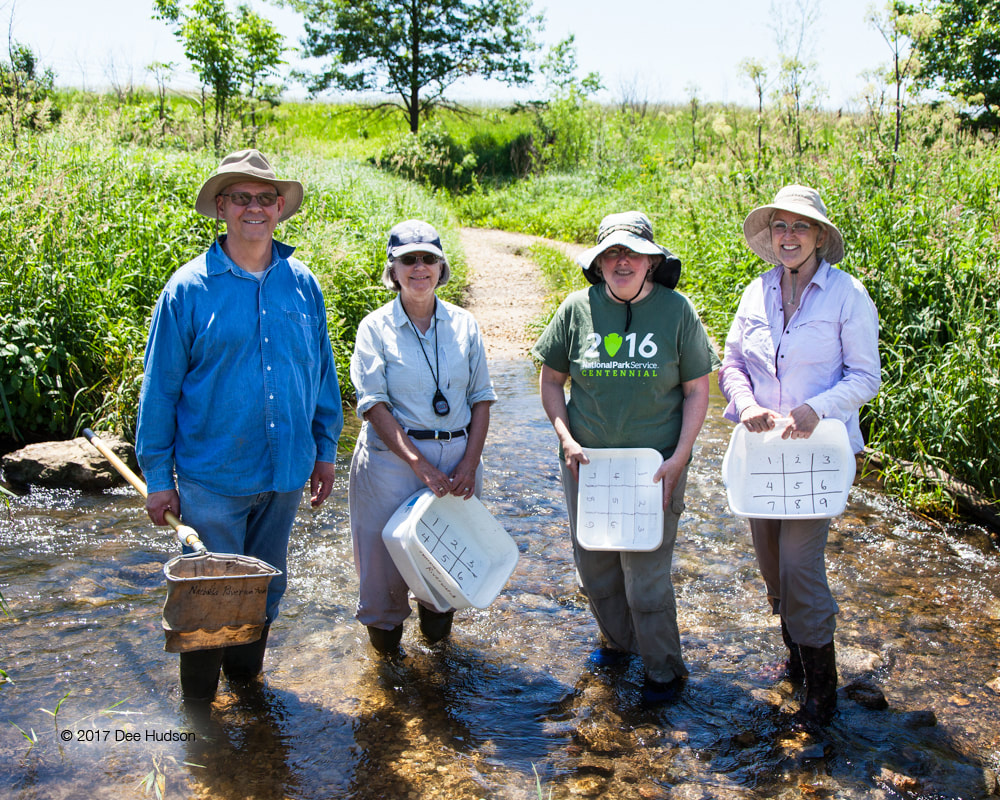

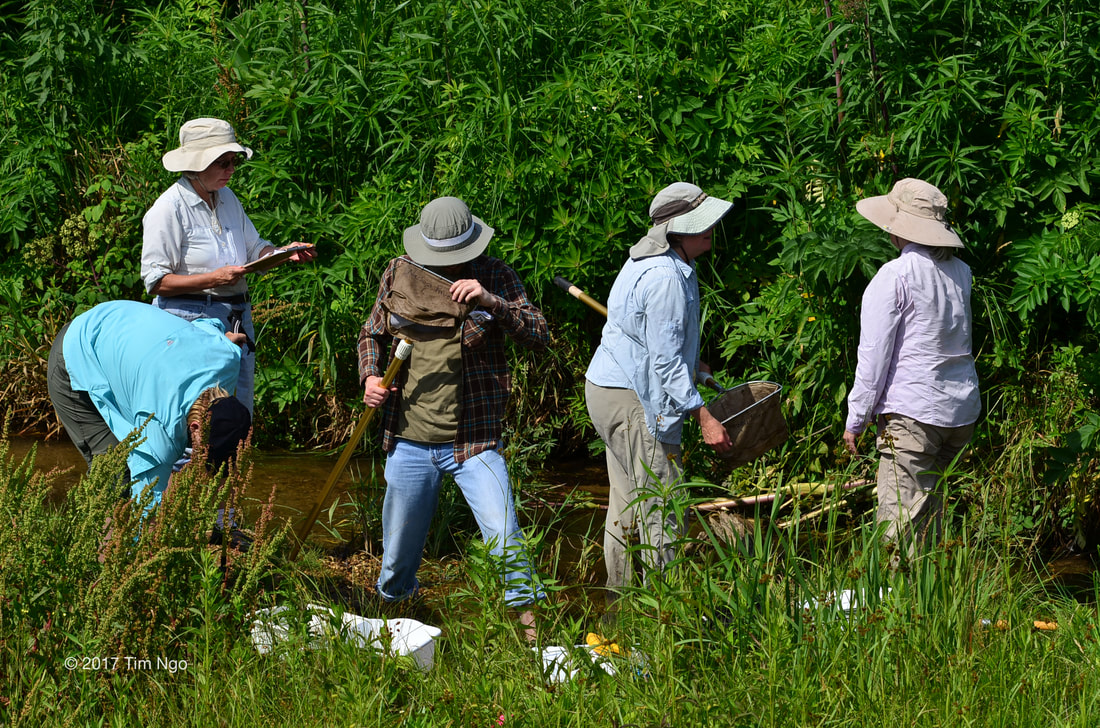
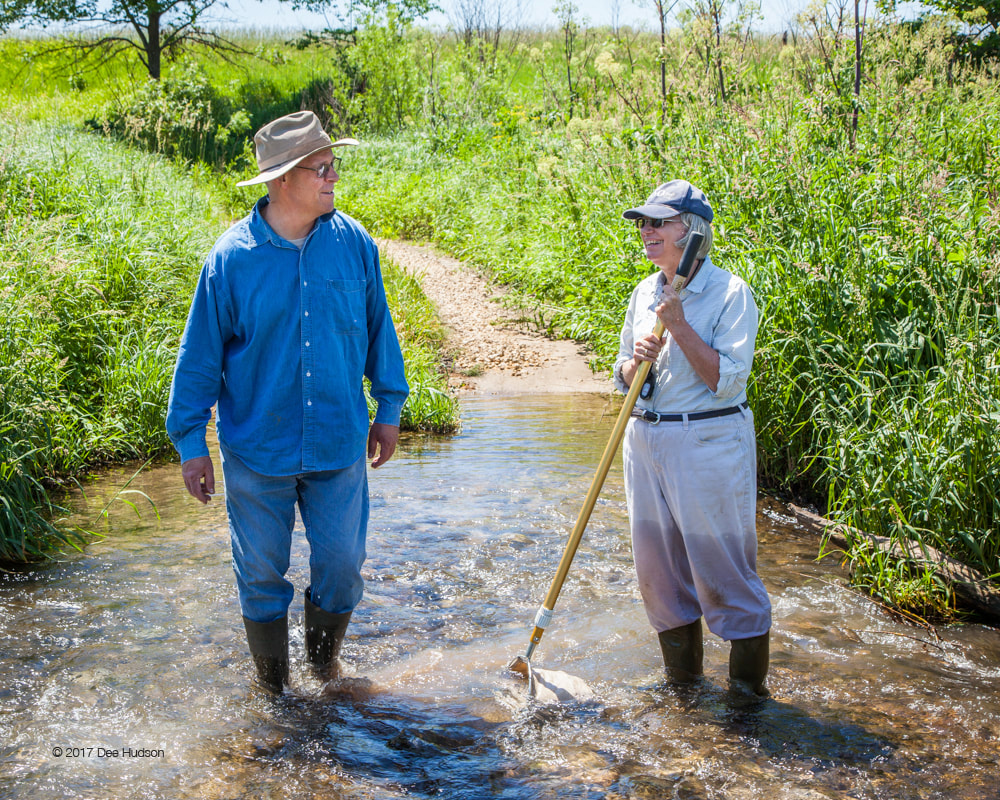
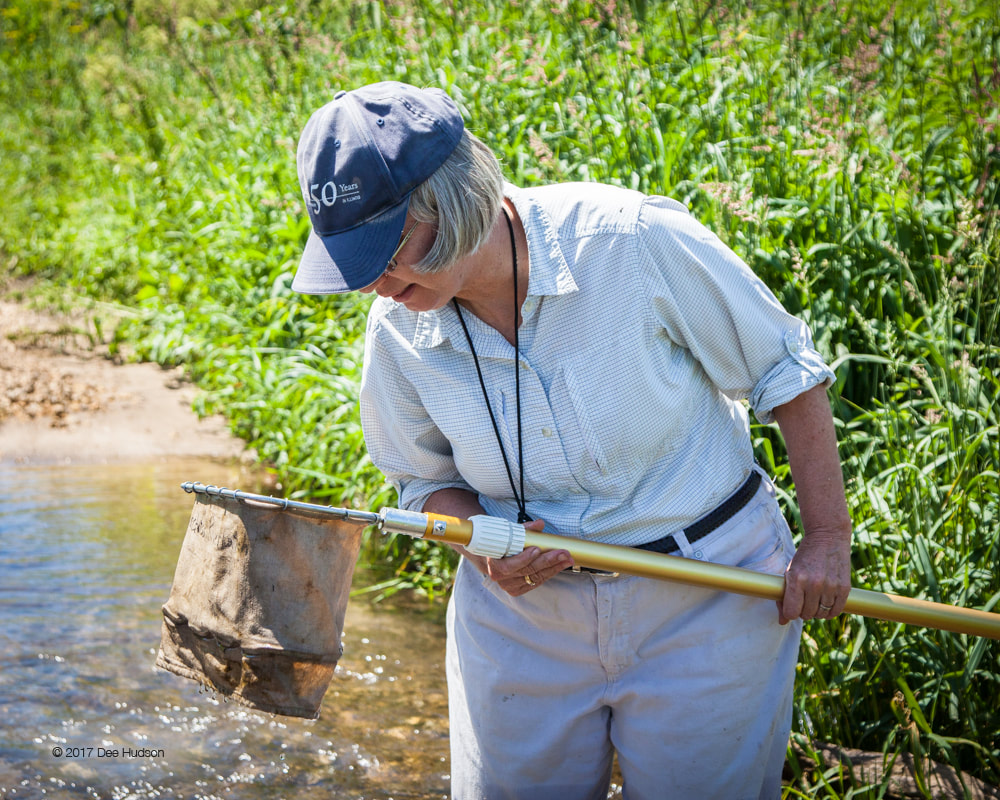
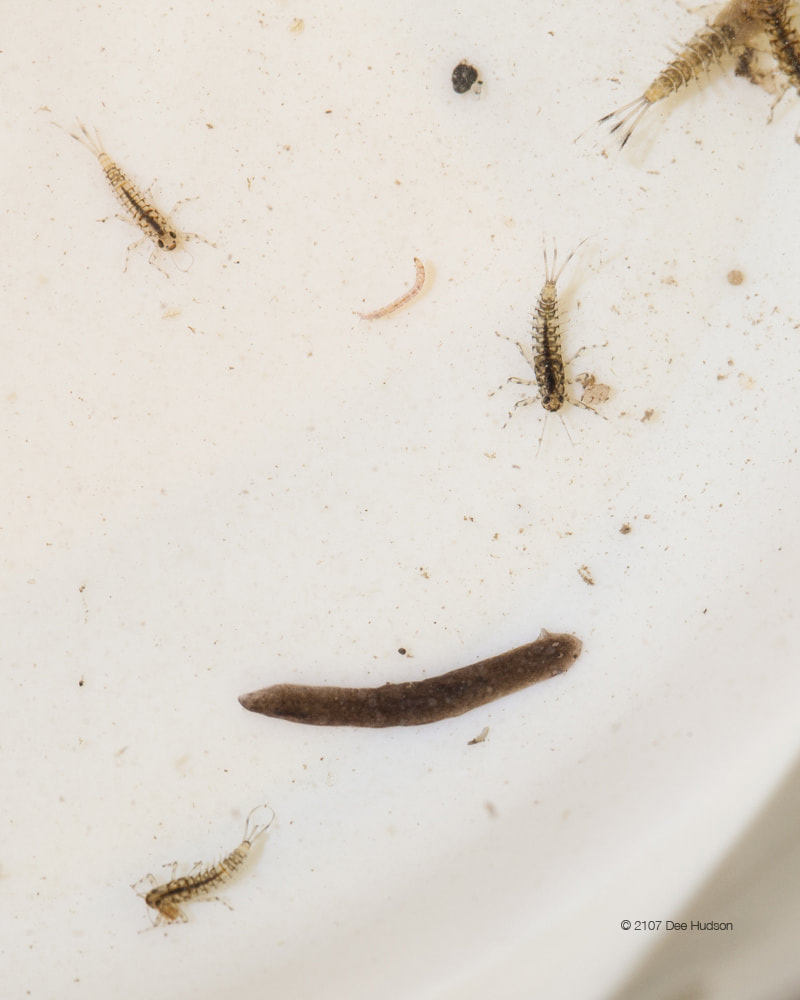
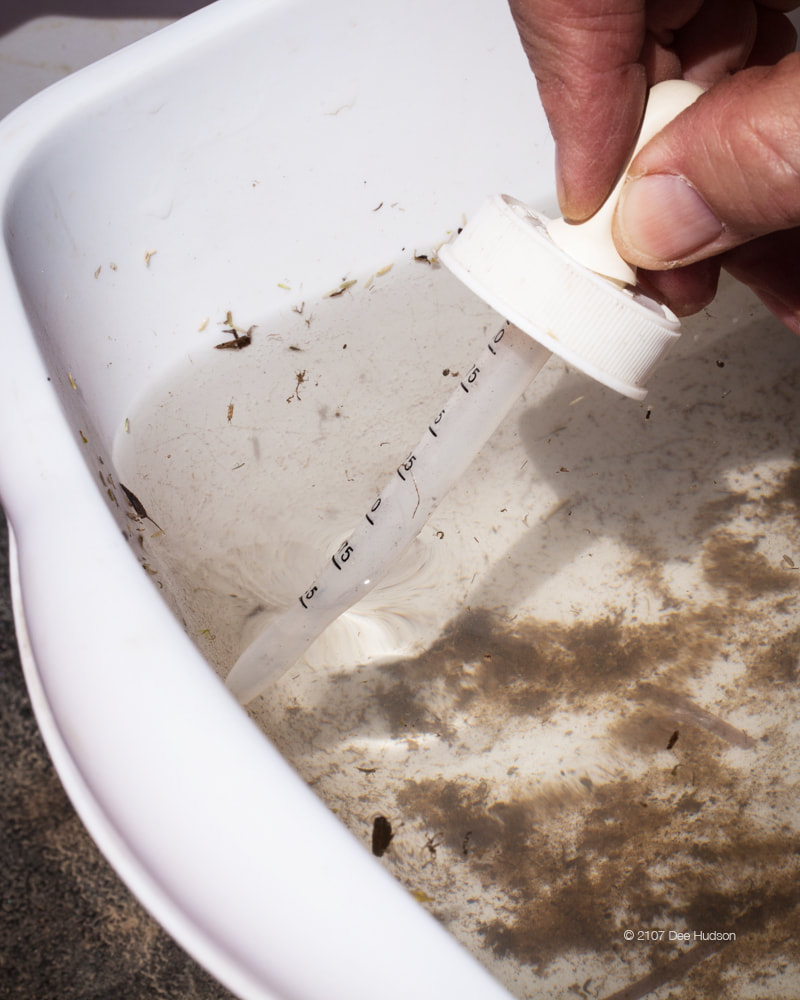
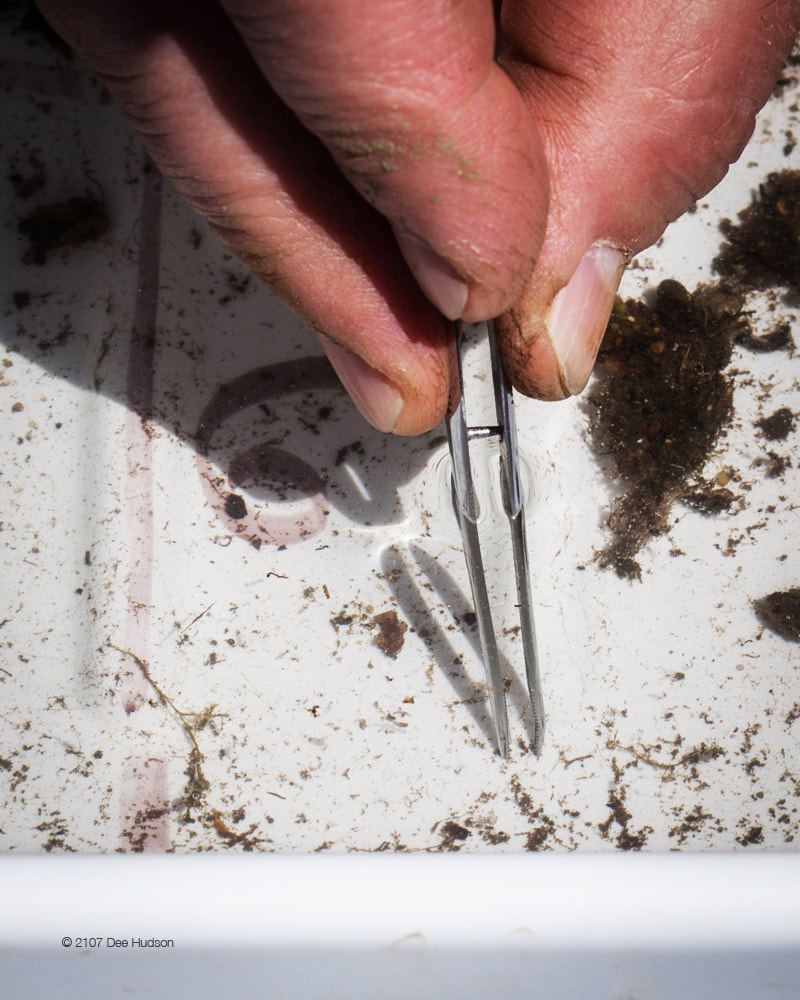
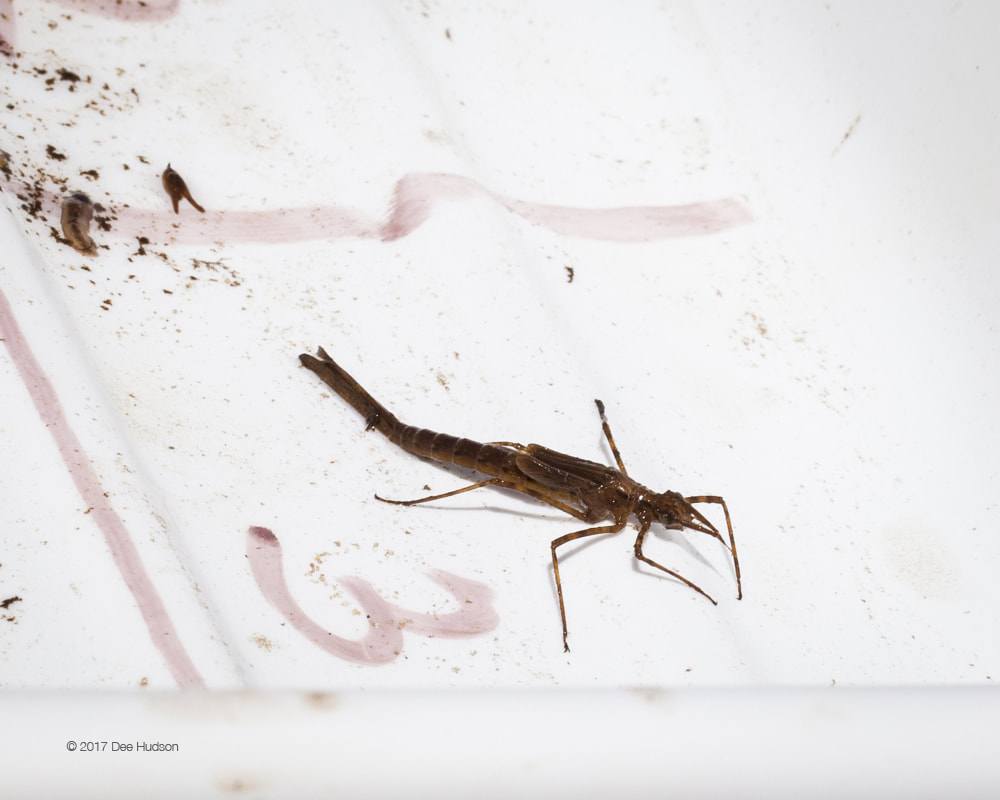
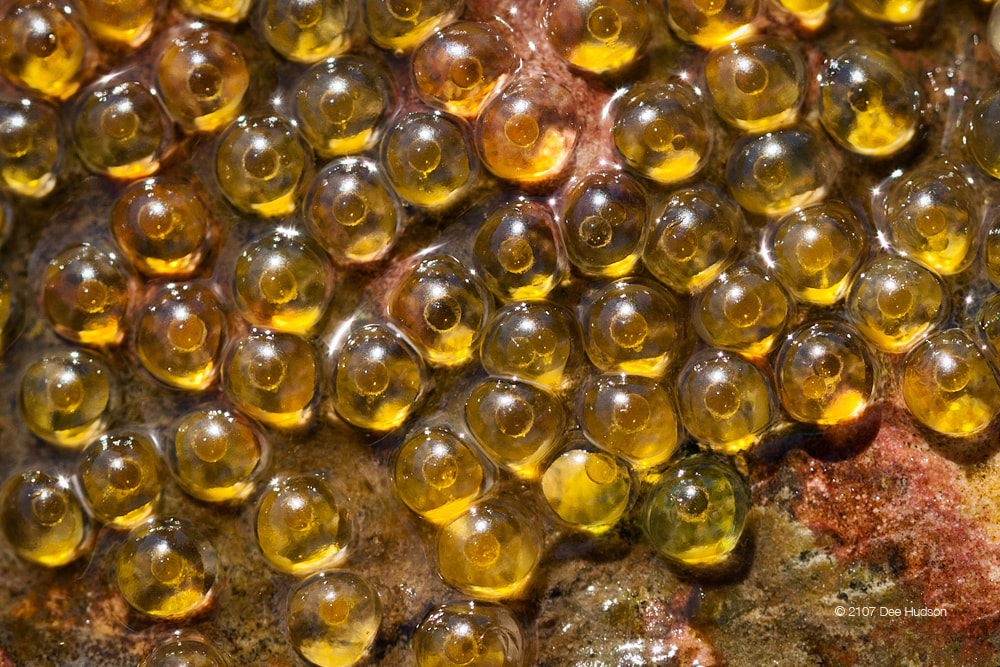
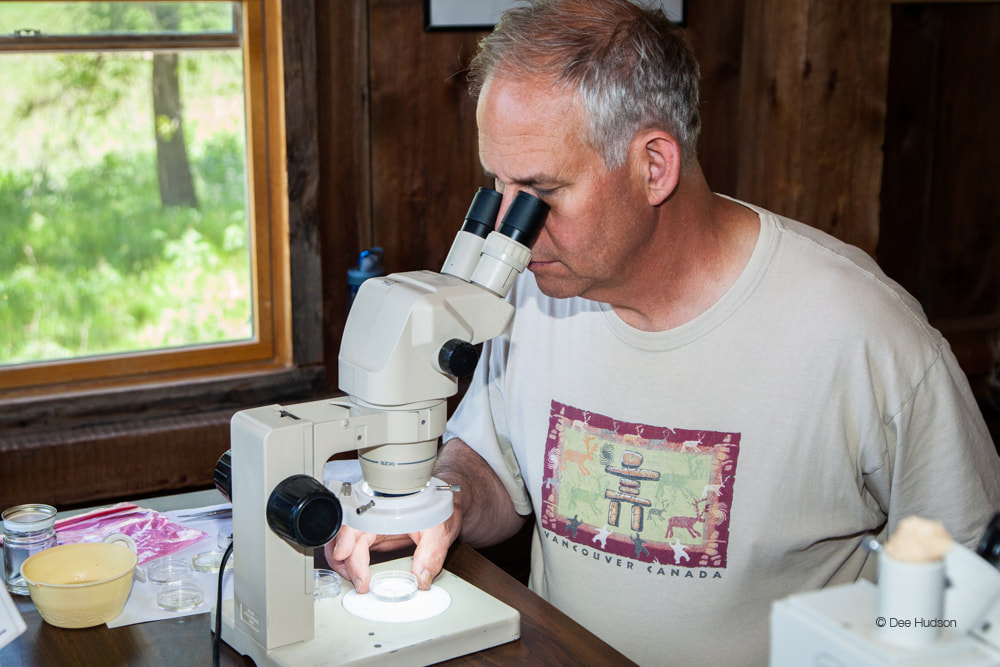

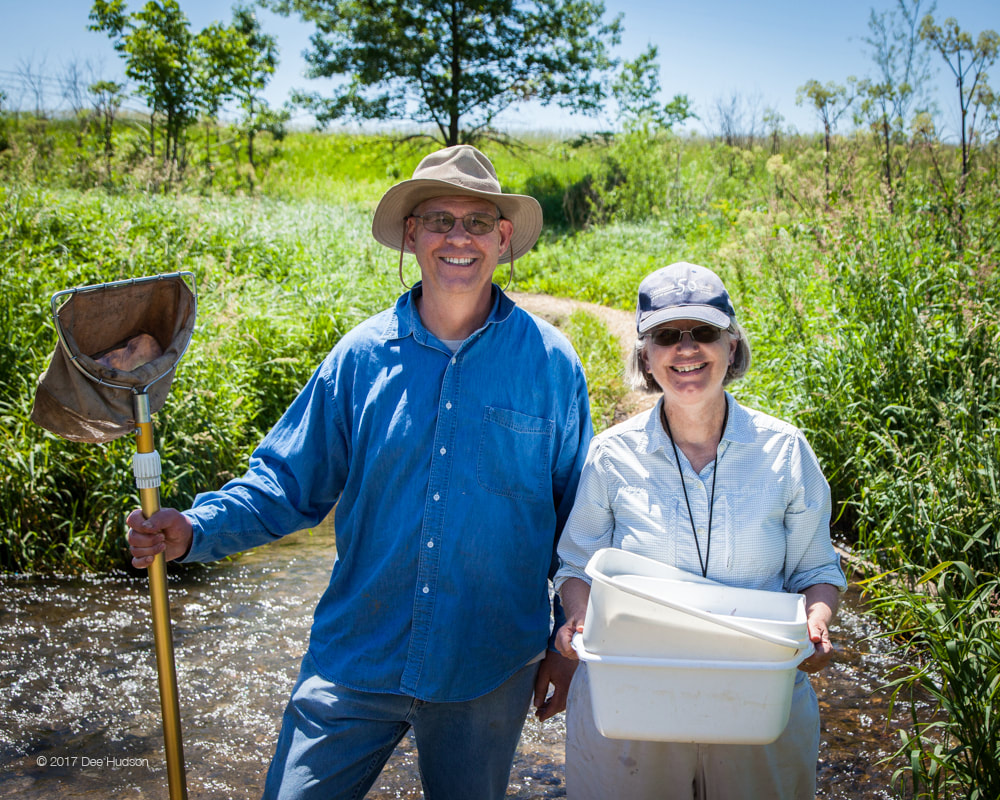

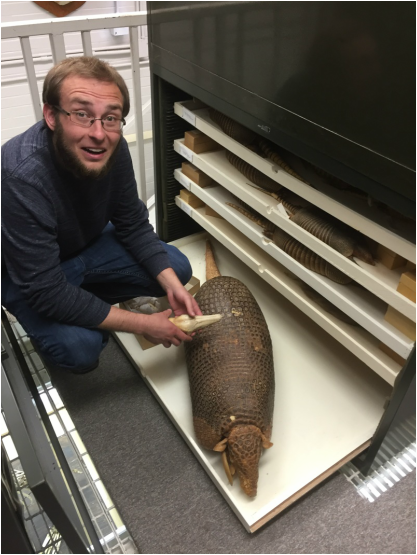
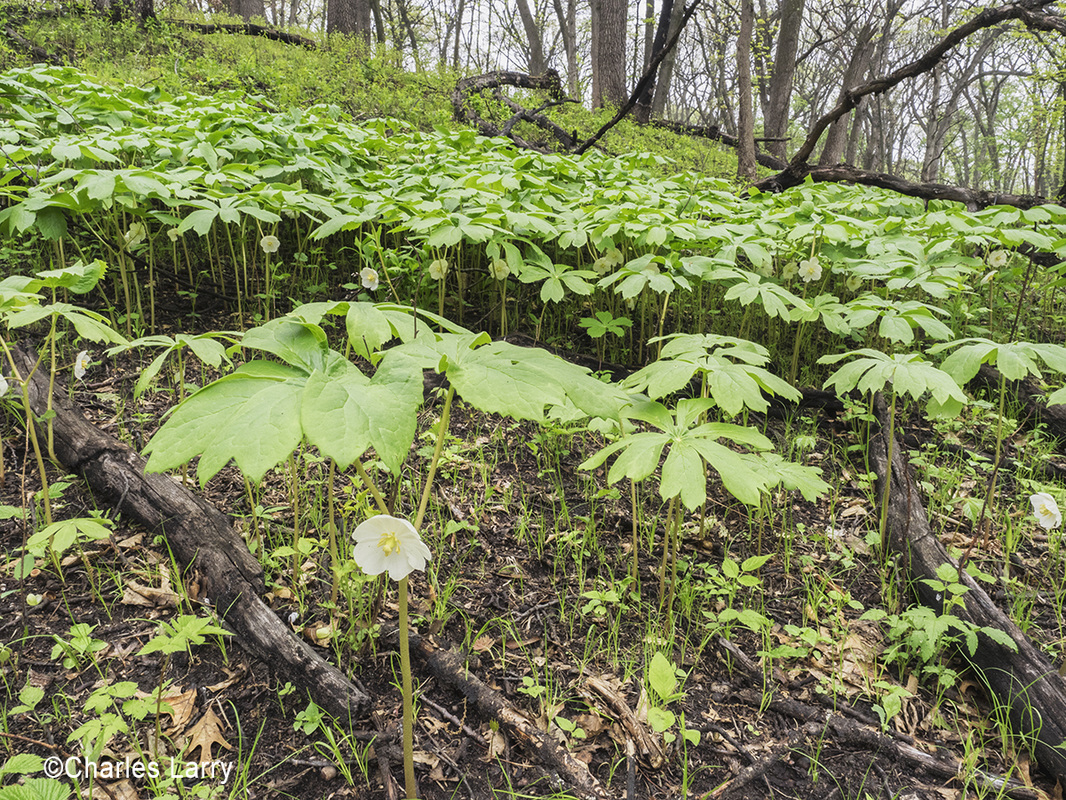

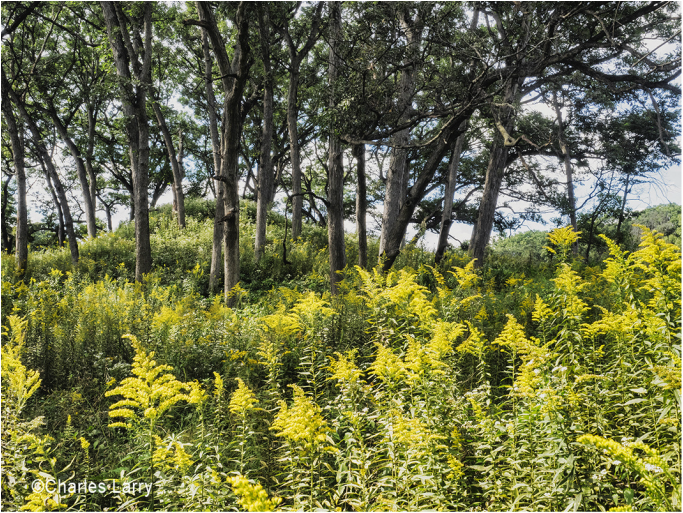
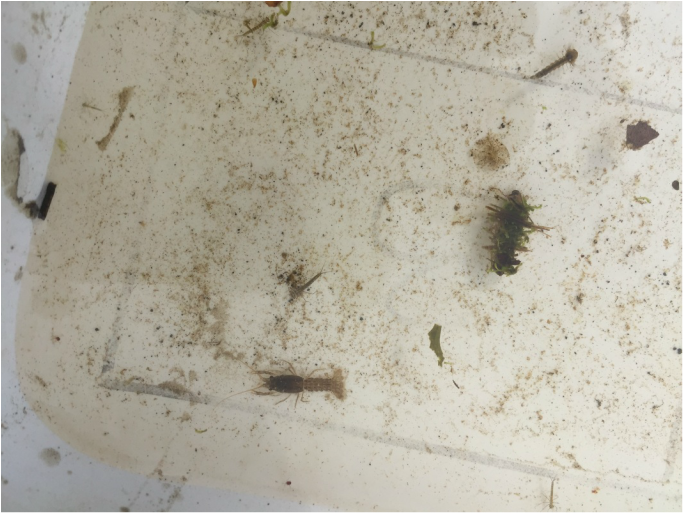
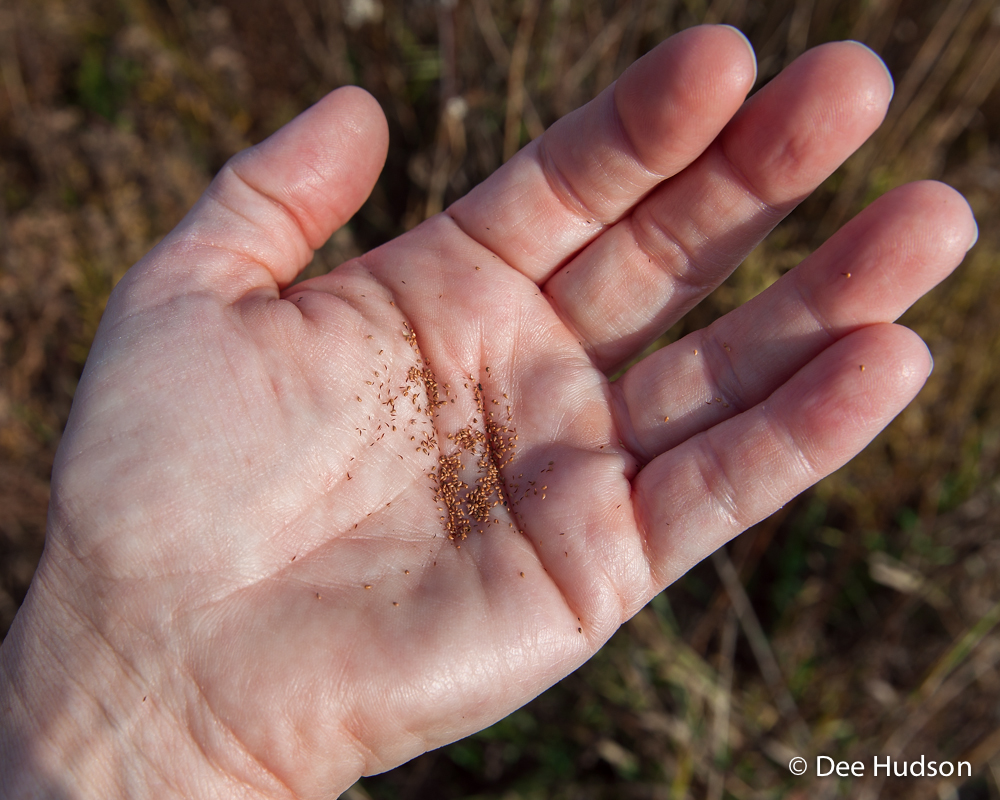
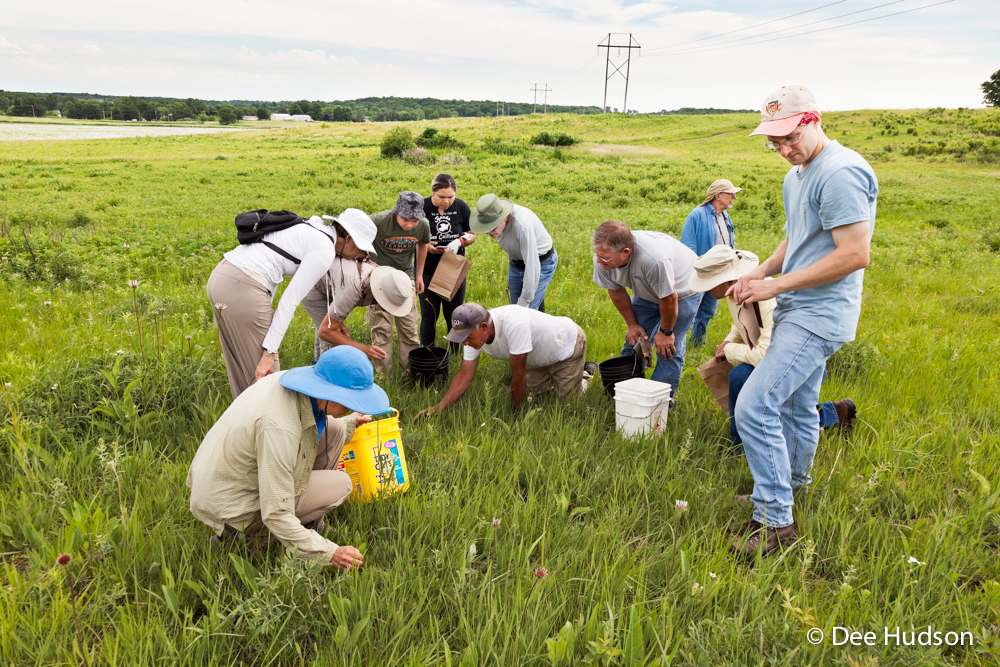

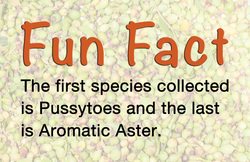
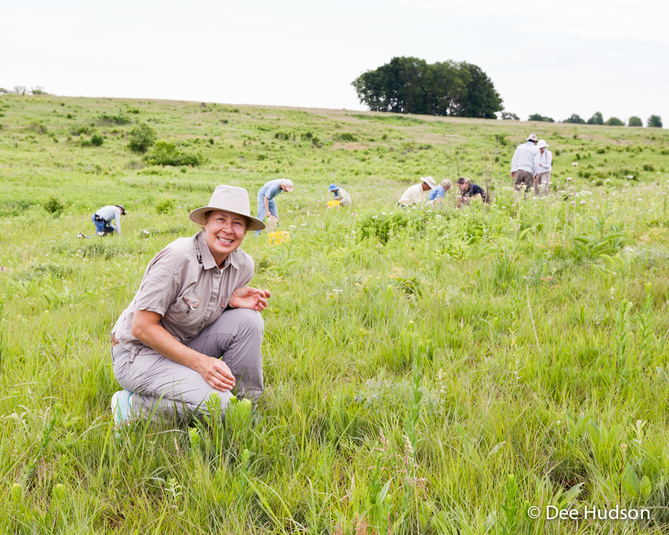
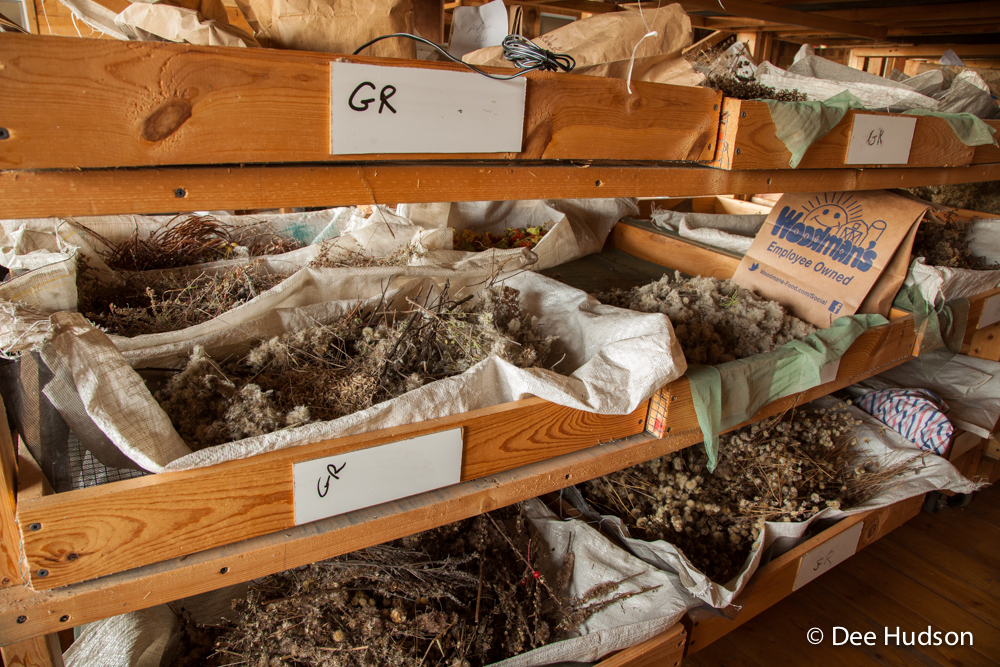
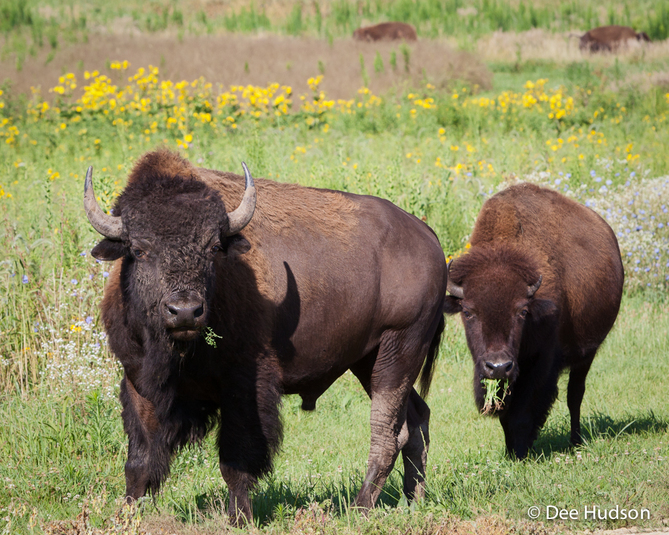

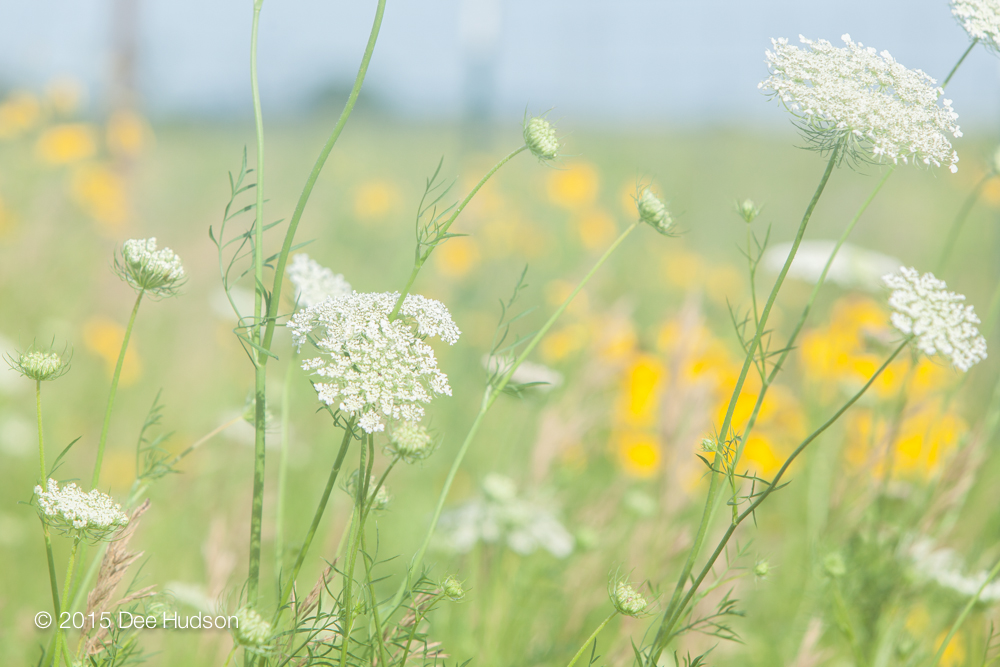
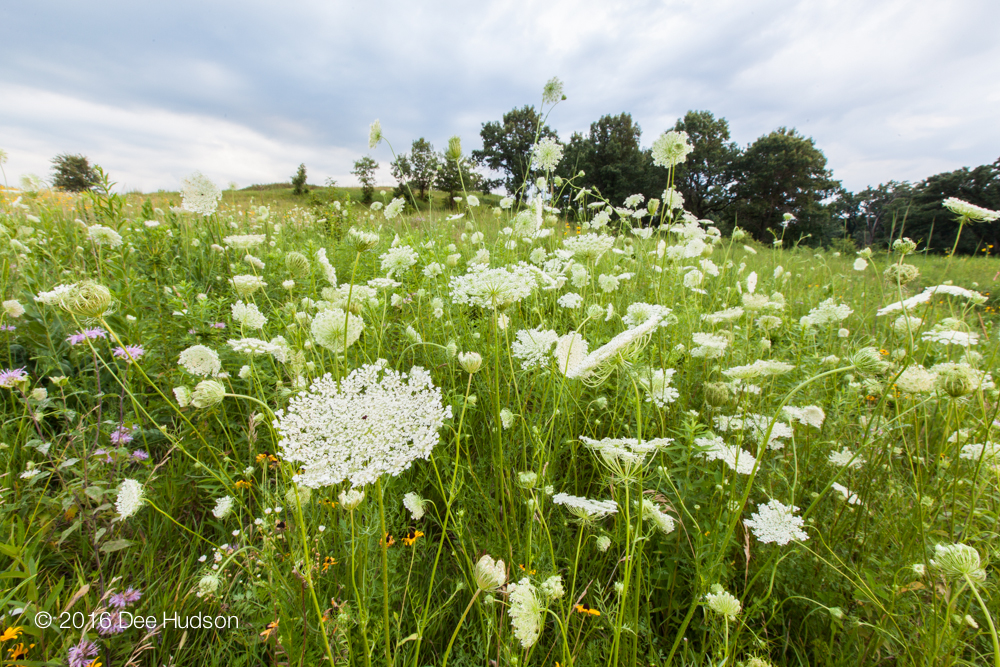
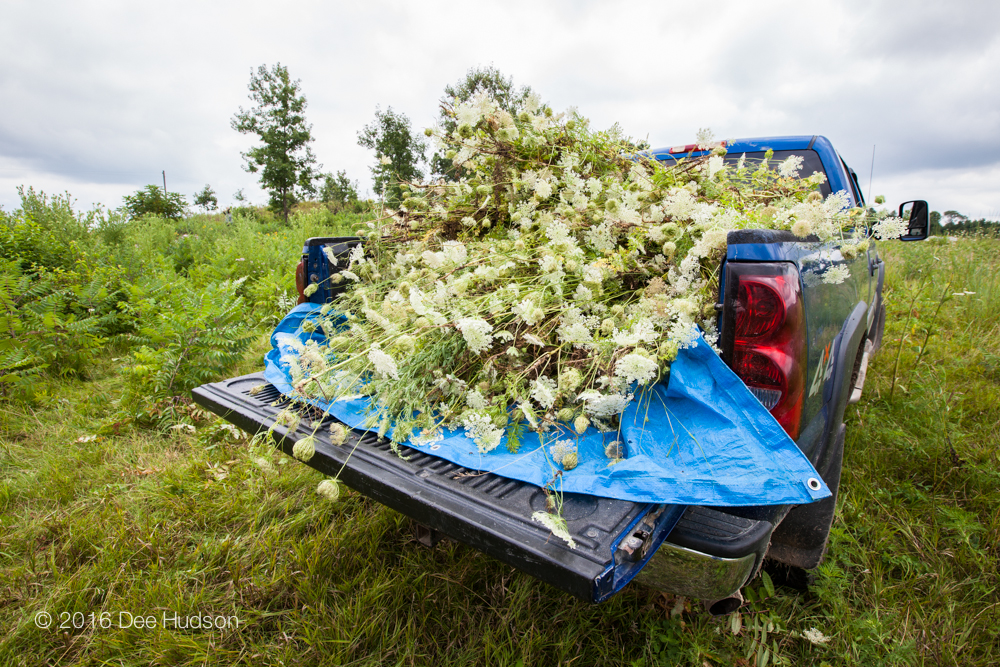
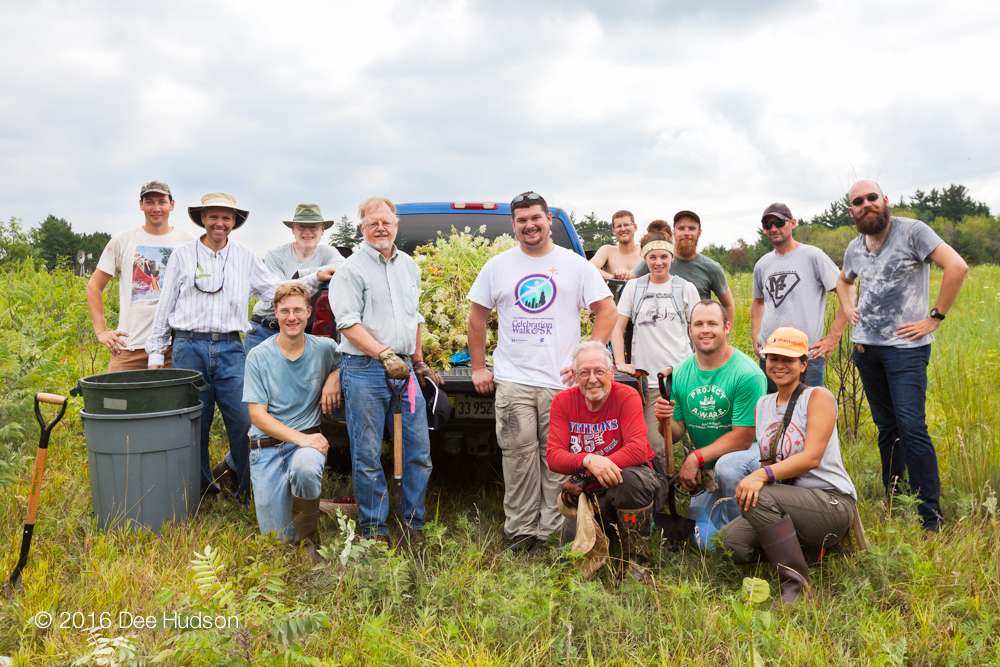
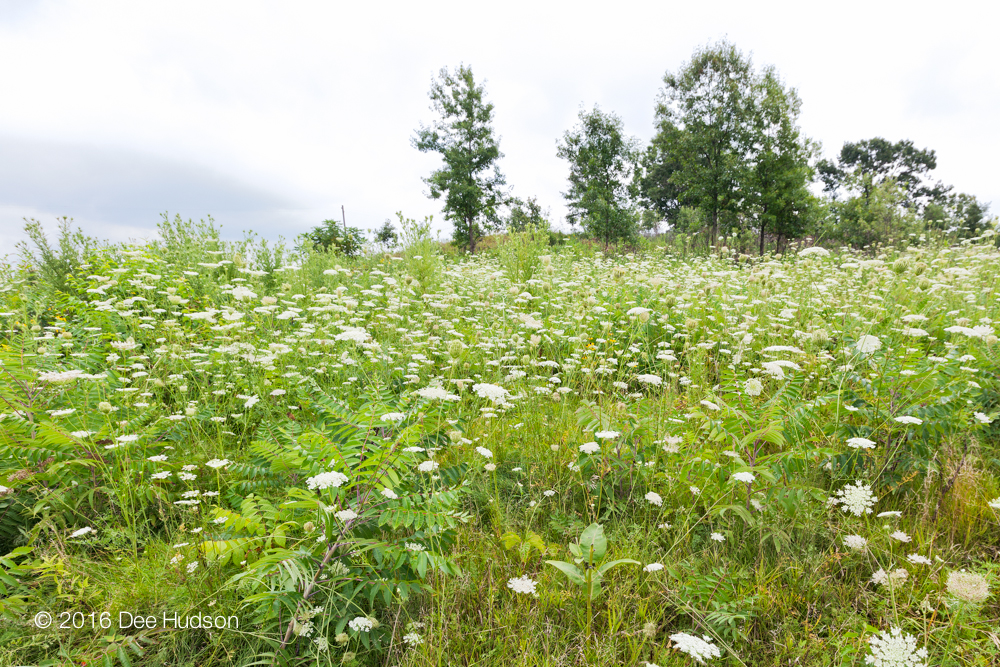
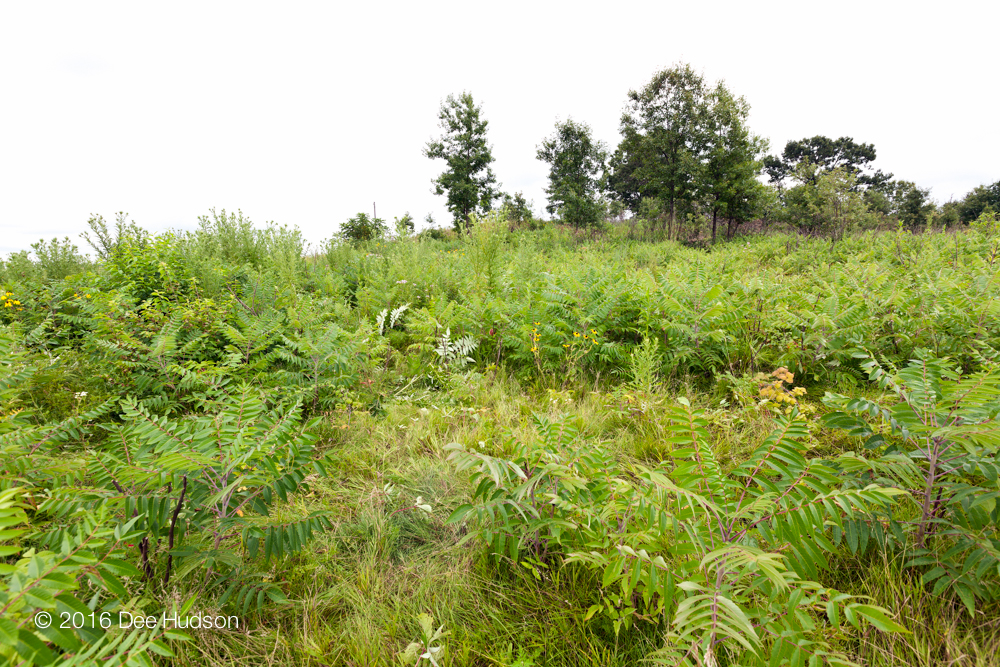
 RSS Feed
RSS Feed